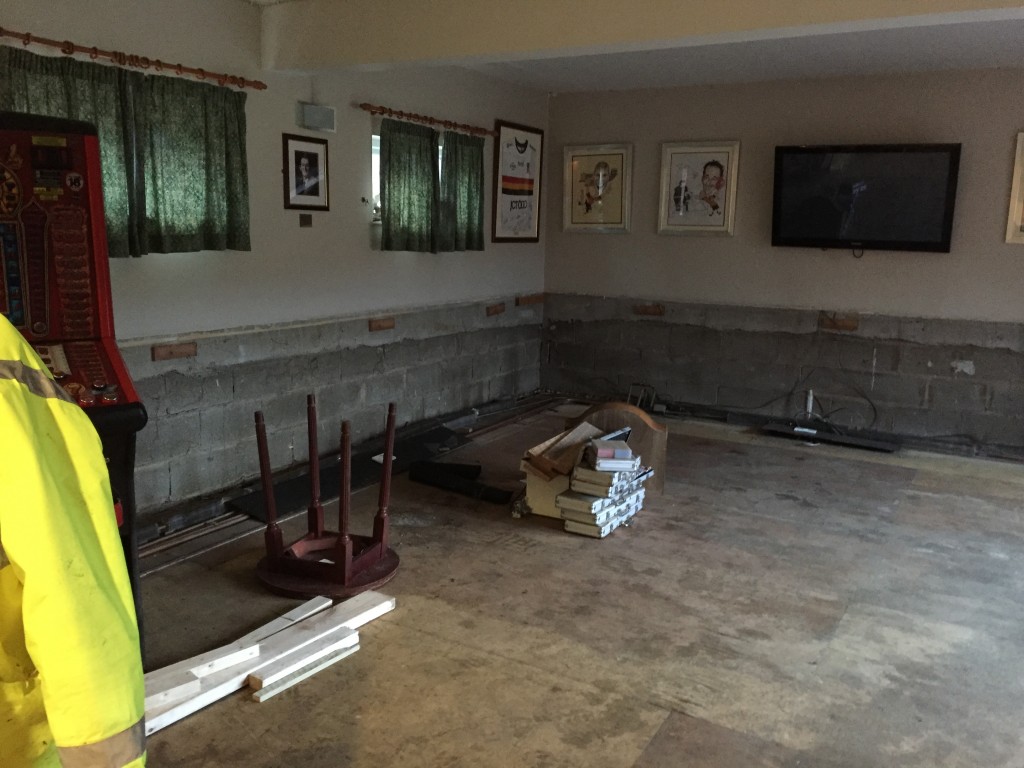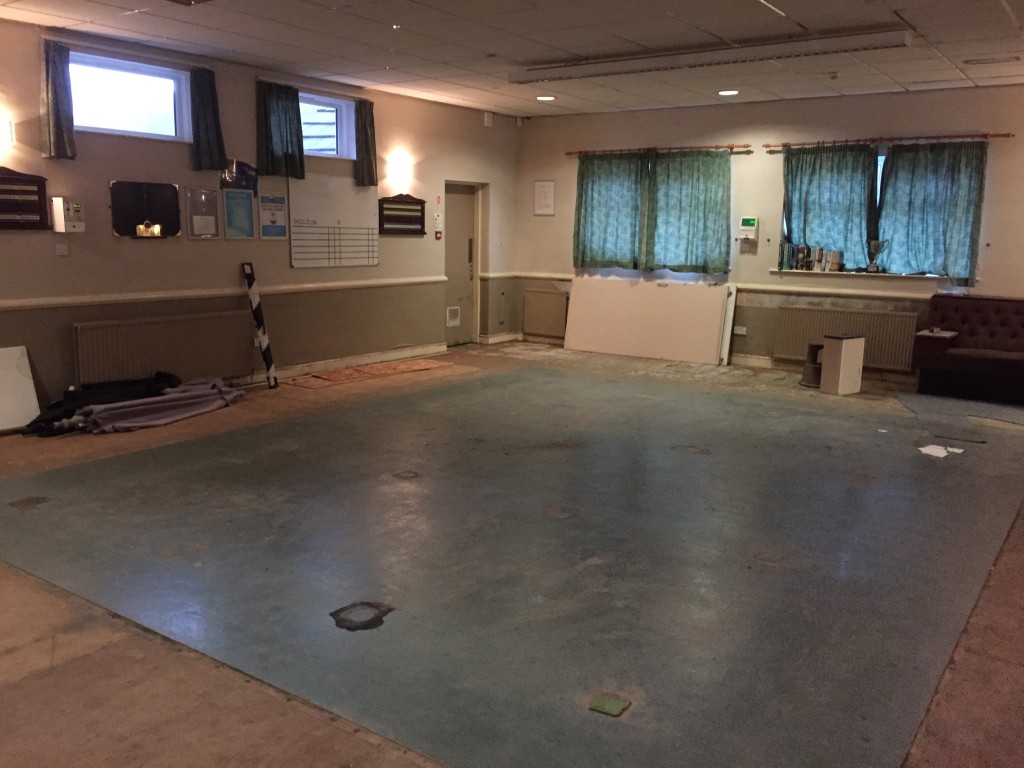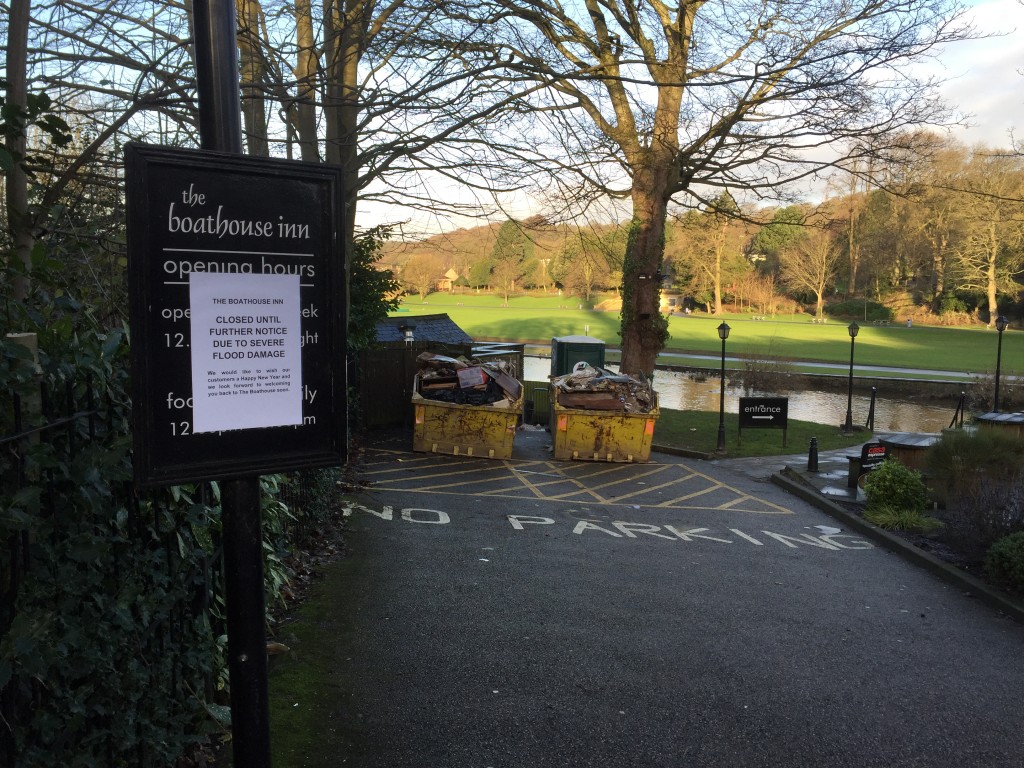Last week I was at Baildon Woodbottom Working Men’s Club for an intriguing meeting between two very different men. Here they are below – on the left, the club’s secretary Phillip Moncaster, and on the right, Jonathan Moxon, a senior flood risk manager at the Environment Agency. They seemed to get on pretty well.
I’ve got to know both these men quite well over the last couple of years, but they had never met each other before this meeting. So you can imagine how weird it was when I saw them juxtaposed on television in January, in BBC’s Yorkshire’s Inside Out documentary about the Boxing Day flooding, with Jonathan saying that he was “disappointed” to hear how frustrated Phillip was with the Environment Agency…
Actually, describing Phillip as being “frustrated” by the EA would be the understatement of the year. His anger with them began back in November and December, before the floods even hit, for reasons documented on this previous blog post. Then come December 26th, both the Woodbottom club and Phillip’s own house were six feet underwater (he lives just upstream on Aire Close, right next to the river). He received a phone call from the EA flood service at around midnight on Christmas Day, advising him that the river was swollen but that it was thought to have peaked. It was on this basis that he decided further action was unnecessary that night — and yet the next morning he had to wade out of his house because the river had come up hugely overnight and was still rising…
From Phillip’s point of view, insult was then added to injury when some people from the EA finally showed up during the days after the flood, and wanted to ask him questions about what had happened, rather than offering any assistance with cleaning up the sewage-covered mess that the house and club had been reduced to. That conversation turned into the EA people having strips torn off them by Phillip, with some pretty colourful language being used (another understatement). Since then, he has made his views pretty vocally heard on TV — not just in the clip pasted in above, but on a couple of other programmes too, including Look North.
So what was the point of Jonathan coming down to meet Phillip? I must admit that I did worry, in advance, that it might turn into another uneasy confrontation – because god knows he has plenty to feel aggrieved about. (The club is only just properly back on its feet — although they reopened with a makeshift bar by the end of January, it took until last month to complete the replastering and refurbishing.) But my sense was that Phillip and Jonathan would get on OK if they sat down and talked it through — because communication is the only way to improve things, right?
Jonathan acknowledged that Phillip had had plenty of cause to be stressed and angry after Christmas. He pointed out, though, that the reality for the EA was that they simply didn’t have the staff or resources to cope with the demands placed on them right across the North of England following the Boxing Day deluge (and it doesn’t help that they suffered major staff cuts during the post-2010 government austerity drive). So the two people that had visited Phillip weren’t even from the Yorkshire area – they were simply colleagues who’d come up from down South to try to help the over-stretched Leeds office. They didn’t have the resources or kit to do anything more than gather information and try to see what help people needed.
As for the poor information that Phillip had been given on the telephone on Christmas night, Jonathan was clear that he shouldn’t have been told what he was told about the river having peaked. Yet the reality is that people under pressure in rapidly changing circumstances will sometimes make errors of judgement when trying to interpret the information they’re receiving. And again, limited resources are part of the problem here — insofar that the Agency can’t always get all the information that would be useful to make the best judgements, because they can’t be everywhere at once.
It was at some point in the middle of this conversation that Jonathan mentioned that a particular problem the EA faces in Bradford is that they have no volunteer Flood Wardens (whereas they have plenty, for example, in the Calder valley). Flood Wardens are just members of the community who volunteer to keep an eye out on what the river is doing, and report concerns directly to EA officers so that they have the most detailed information possible. I decided to jump right in and ask directly whether Jonathan was saying, “would Phillip be willing to act as a Flood warden?” And given Phillip’s widely broadcast grievances with the EA, my expectation was that he would laugh this idea off – as if he was simply being asked to work for free, or something.
But much to my surprise, before Jonathan even had a chance to answer my question, Phillip had answered it for me. Yes, he said, he would be happy to do that — because he does it anyway. By which he meant that, for years, he has been on the phone to the EA, to Bradford Council, and whoever else he could get hold of, trying to report his concerns with the river — and for years he’s been getting the runaround from call centre operators, passed from pillar to post. So when Jonathan explained that Flood wardens get to use a different phone number, which gets them direct access to flood risk officers and a proper, two-way conversation about what’s going on — well, that’s exactly what Phillip has wanted — to be able to talk to someone who is actually listening and can say more than just “let me take down your number.” (I mean, when Jonathan put it like that, my thought was, why would you not want to have that access, and that kind of response, if you care about the river? As Phillip so obviously does. … The irony is, I guess, that the EA doesn’t have enough resources to properly advertise the Flood warden scheme…?)
After we’d spoken for about an hour in the club, Phillip took us outside and across the river — across Baildon Bridge — to get a better look at the key problem. The club is directly upstream of the bridge. And in flood conditions, the bridge turns into a dam — backing the water up and sending it all the way out across the cricket pitch towards Green Lane. This is partly because of that thick, low, concrete-sided wall, and partly because even the space underneath the bridge can get dammed up very quickly with dead trees and other debris being swept downstream. Phillip pointed out one submerged tree, under the bridge, that has literally been there for months.
On the other side of Baildon Bridge, this is the view downstream towards Shipley weir…
Phillip has long felt that, if the weir could be taken out, this might reduce the height of the water going under the bridge, and mean that it doesn’t get dammed up so quickly — thereby potentially reducing flood risk. His concerns on this point were first documented quite a while ago on this blog. Since it seemed a reasonable argument, I have — for quite a while now — been trying to find out if there is any scientific validity for Phillip’s theory, and in fact it was Jonathan who kindly arranged last year for the EA’s flow data for this stretch of the Aire to be released to the University of Manchester (where I work) for analysis. Just a month or two ago, a civil engineer colleague finally found the time to look at this data for me. The conclusion he came to was that, while the weir does appear to make a difference to the levels of the river in low flow conditions, in high flow the weir makes very little difference to the water level because it basically disappears under the deluge. So this initial assessment appeared disappointing, from Phillip’s point of view.
But… (and here’s the intriguing part) … Jonathan himself is not all that persuaded by this engineering analysis. And the reason is not because he thinks my colleague at Manchester got anything wrong, but simply that the data the EA was able to provide to him in the first place may not have been as detailed or up-to-date as it could be. And crucially, the modelling won’t have accounted sufficiently for effects on the bridge… To Jonathan, the real issue here is what happens to the bridge in high water, more than what happens to the weir. What if, he asks, there turns out to be a case for the bridge itself to be raised or replaced? I should stress that this was purely speculative on Jonathan’s part, but the point he was making is that we might need to look seriously at all the possible options — even the ones that at first glance seem wildly ambitious and expensive — if we’re going to think seriously about future-proofing.
And here’s the twist. The Boxing Day flooding, while devastating for many including Phillip, has also created a new sense of urgency in government circles, and thus a willingness to look at new options. Jonathan’s approach is to try to use that “fair wind” to push for better data and better answers … and so just a few weeks ago, for example, he was able to order an up-to-date survey of river conditions in the Shipley area. And he was able to do this using a small slice of the government funding allocated to the Leeds Flood Alleviation Scheme — on the grounds that, since Bradford is upstream of Leeds, anything that can be usefully done to better control high water upstream could have valuable knock-on benefits downstream.
From Jonathan’s point of view, the active concern shown by citizens like Phillip is exactly the kind of involvement that should be being better utilised and responded to by the EA and other responsible agencies. In the immortal words of the just-fired Chancellor George Osborne, “we’re all in this together” — and so it’s the job of agencies to listen to and work with communities, to find solutions that work for all of us, rather than just imposing “expert” solutions without consultation.
A case in point? Take another look at that picture above… Actually I’ll paste it in again…
See that new breezeblock wall that’s been built onto the old stone wall on the right here? It’s not a thing of beauty, and Phillip was skeptical about whether the site owner had permission to build it — he knew there had been some exchanges of letters about it. Jonathan’s attitude, though, was intriguing. The EA has some concerns about this new bit of wall, he told us, and would not normally sign off on something like this without further investigation (which may yet happen… does raising the wall level here negatively impact on flood risk downstream, for instance?). Yet in the aftermath of the Boxing Day floods, there is also an awareness that people want to take fresh precautions against future risk, and that the EA shouldn’t simply be in the business of frustrating people from trying to protect their businesses or homes. So there needs to be a degree of leeway with the regulations, and perhaps a degree of improvisational “make it up as we go” when dealing with individual cases of concerned citizens wanting to take action. Because that is going to be the only way to build trust and understanding, as opposed to tying people up in infuriating amounts of red tape.
I must admit, I left that meeting feeling quietly inspired. Here were two men, Phillip and Jonathan, who had every reason to be wary of each other, every reason to keep their defences up. Yet after a “full and frank discussion” (as the politicians say), there really did seem to be a sense of goodwill on both sides and a concern to keep in touch and keep each other informed. With so much sound and fury and mistrust going on in wider political life at the moment, it was refreshing to be part of a discussion that seemed constructive and tentatively optimistic.
A huge thankyou to both Phillip and Jonathan for taking the time out of their busy days to meet up.

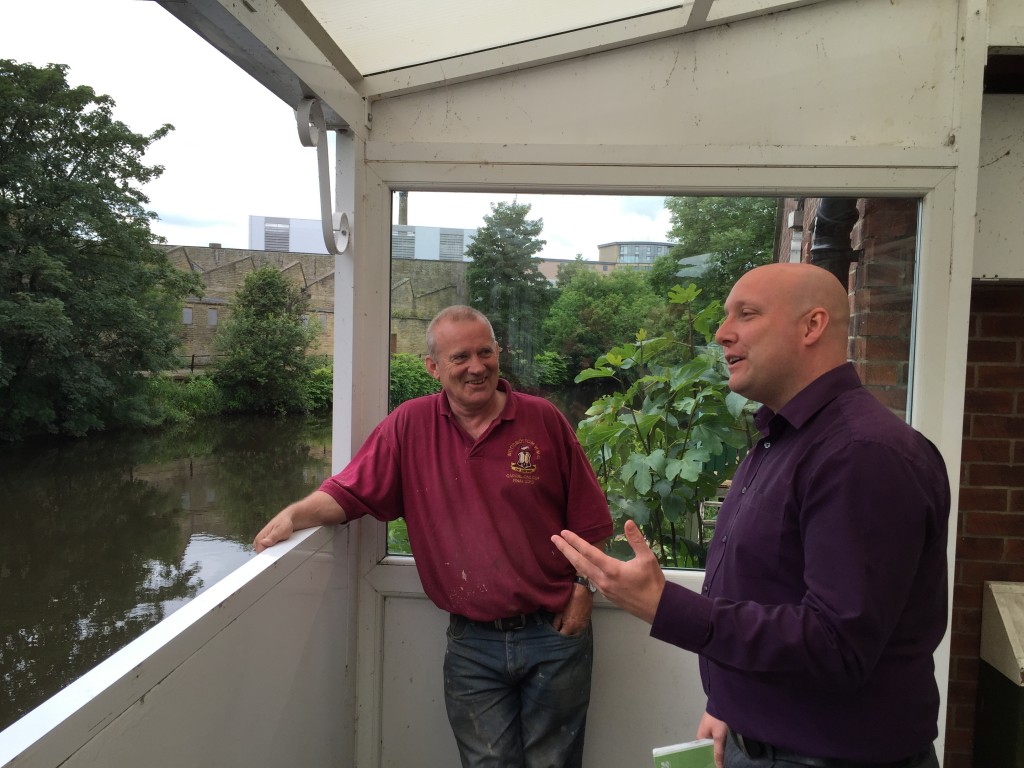
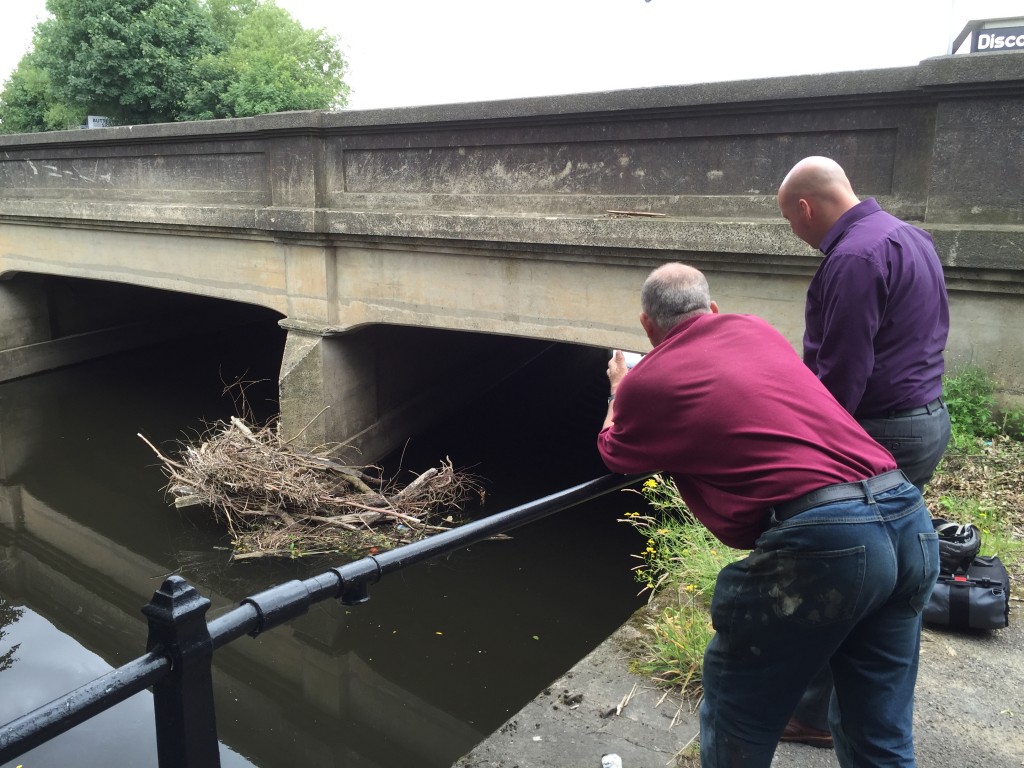
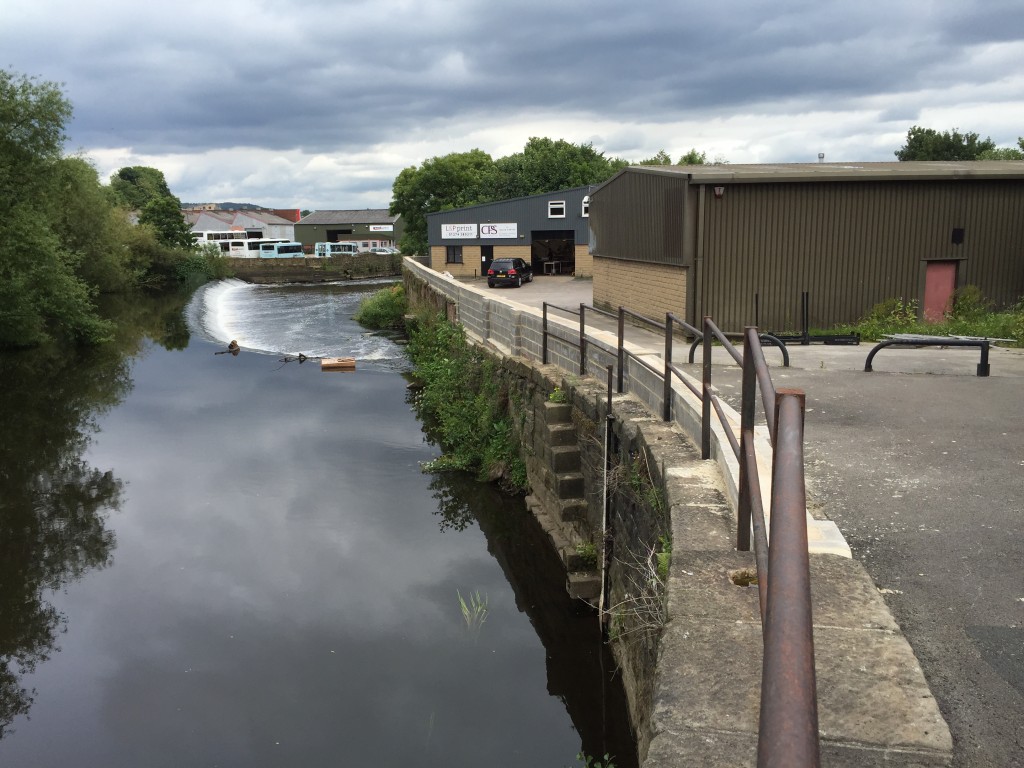

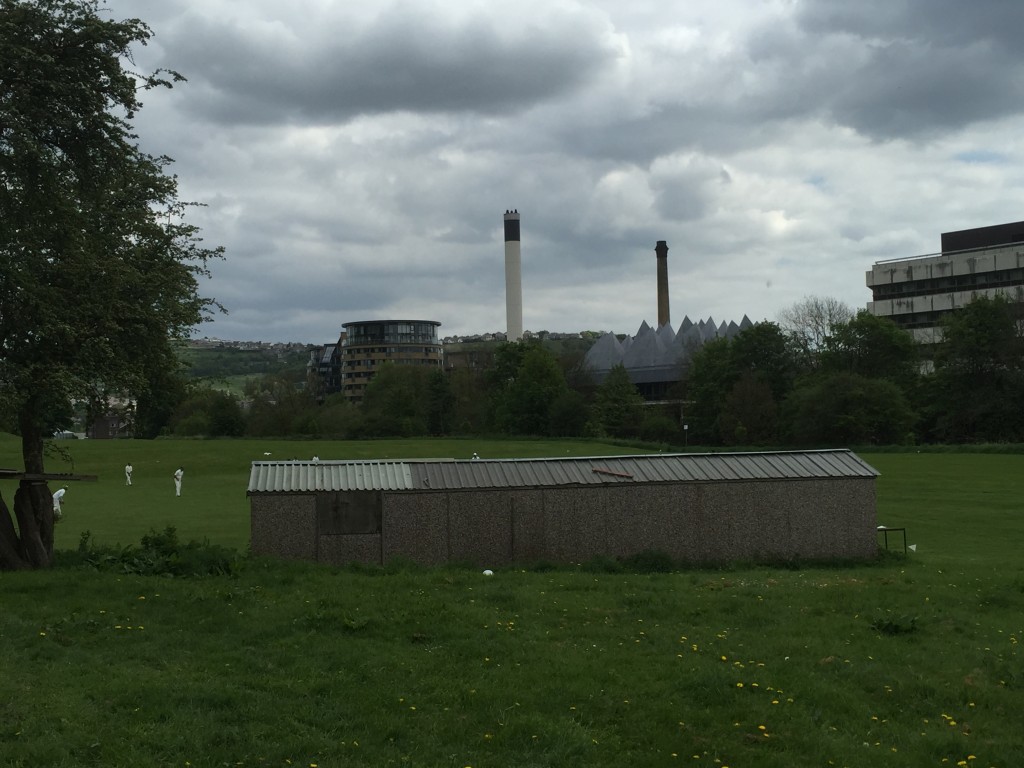

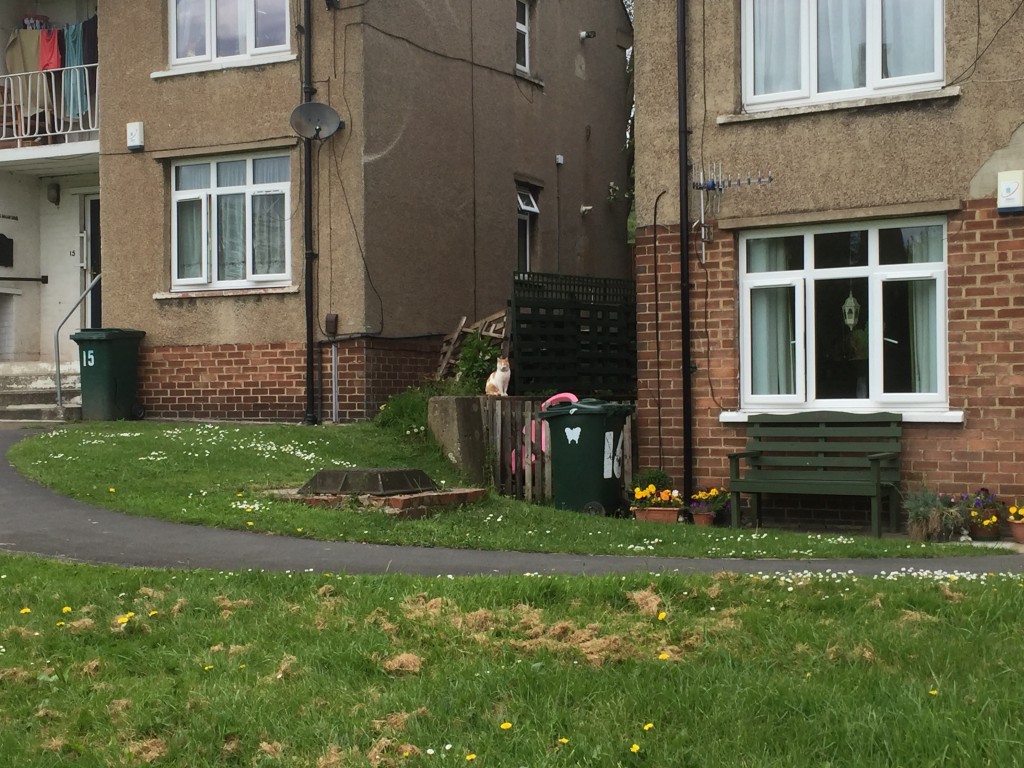


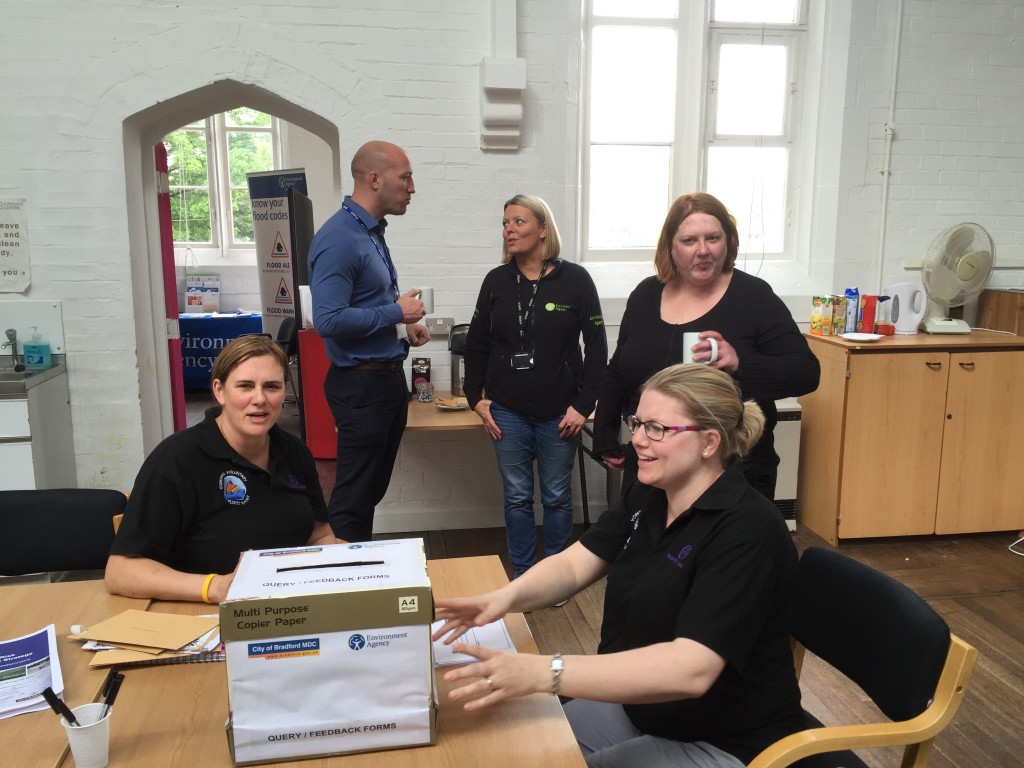
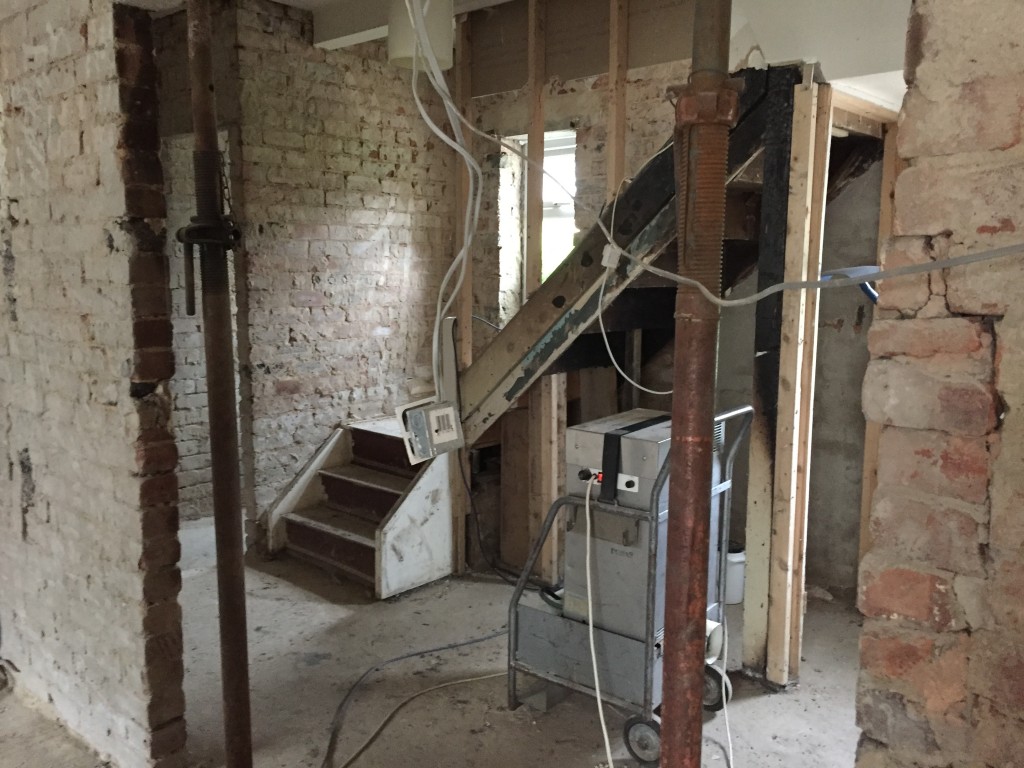
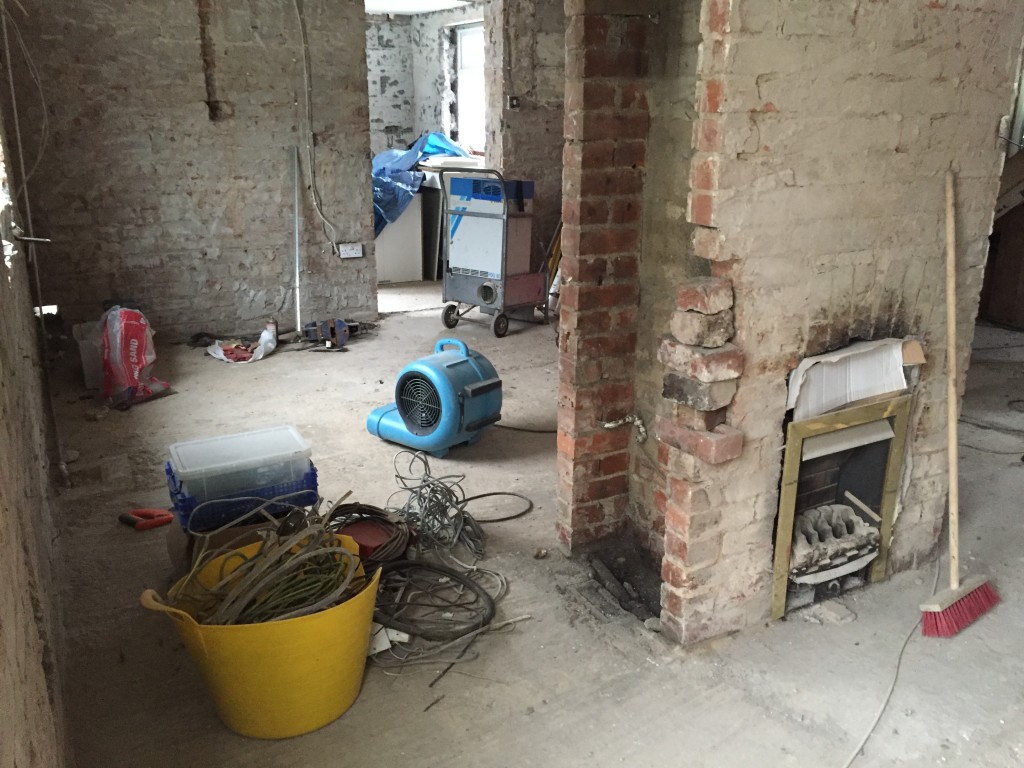
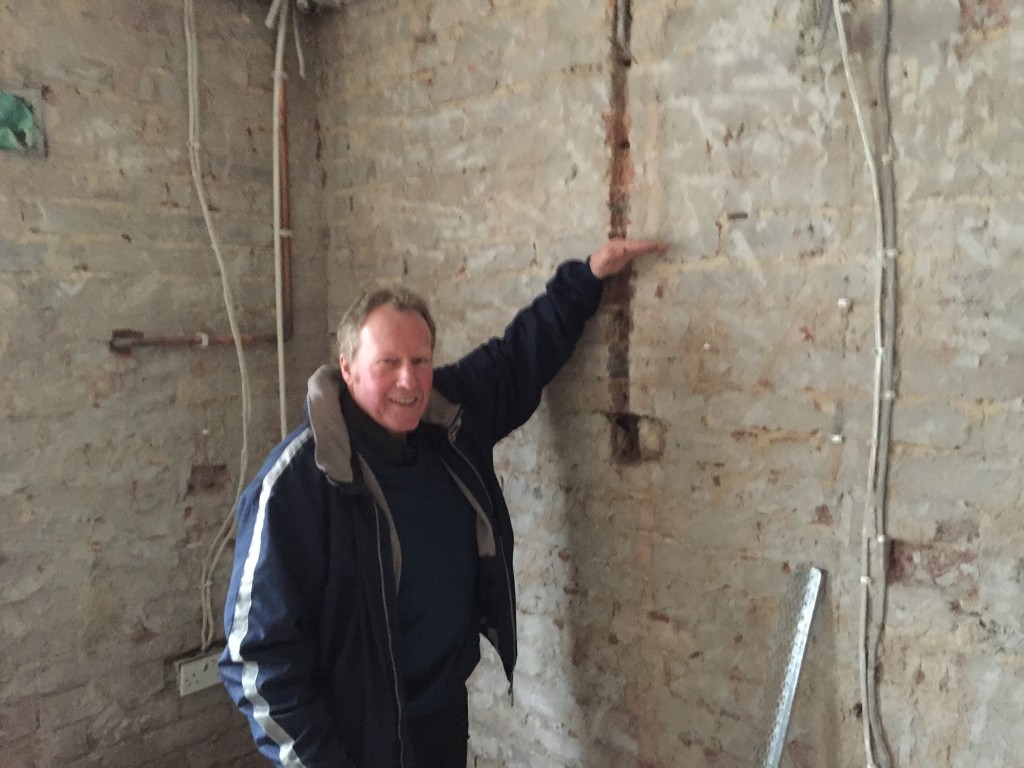
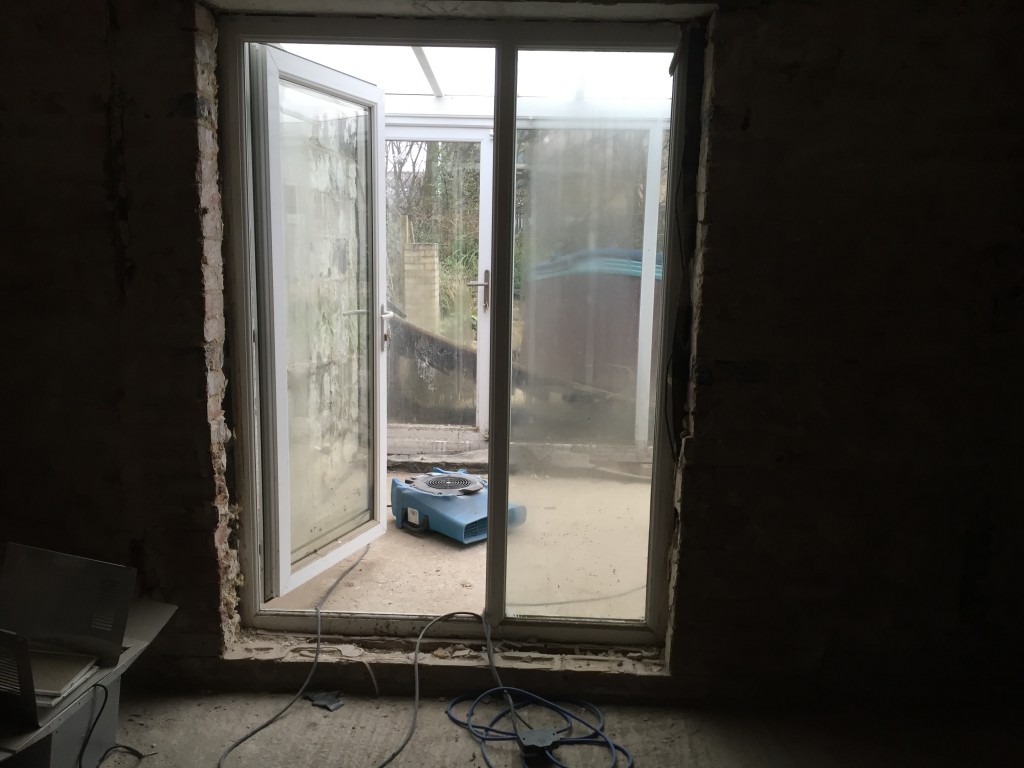
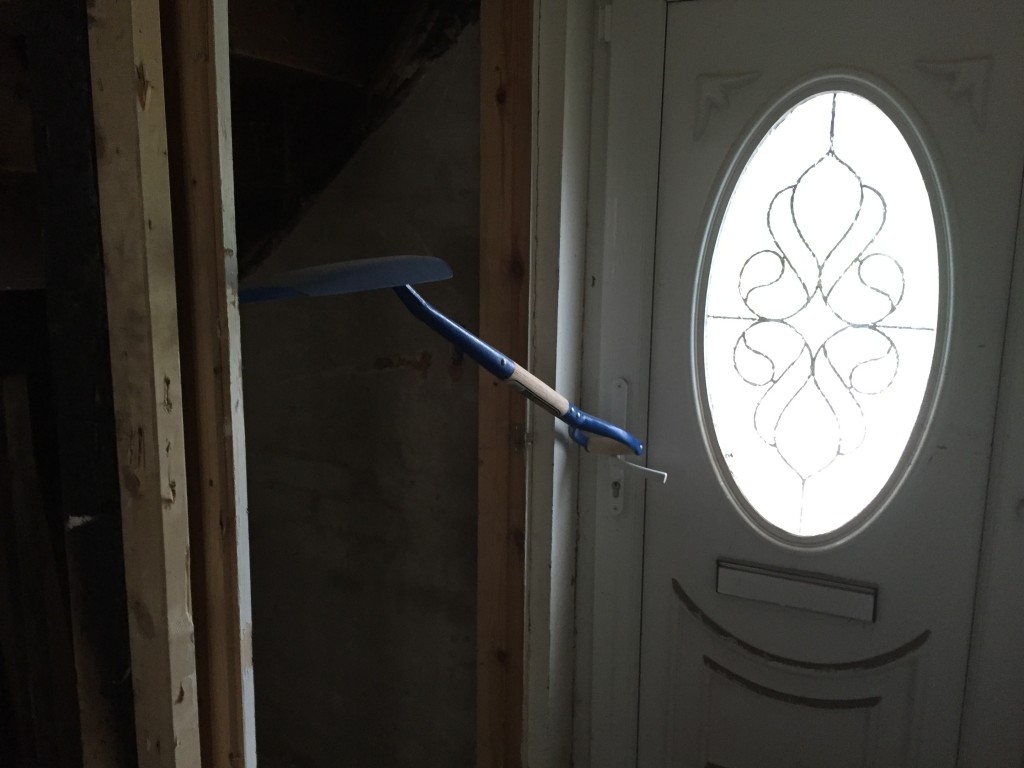
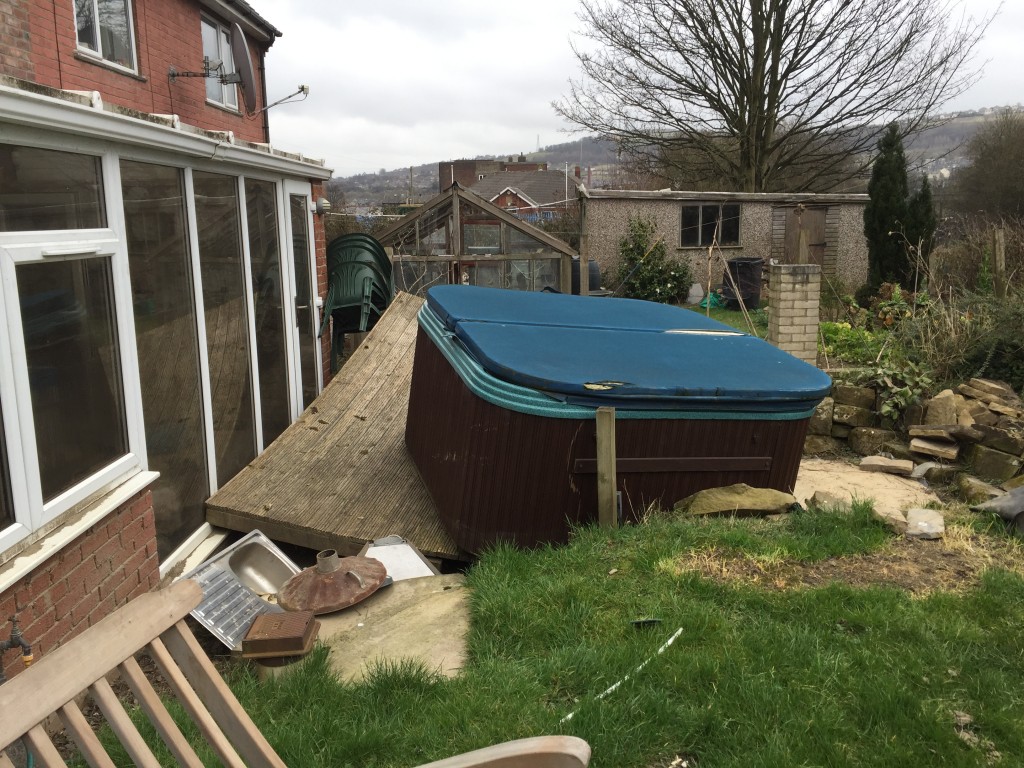
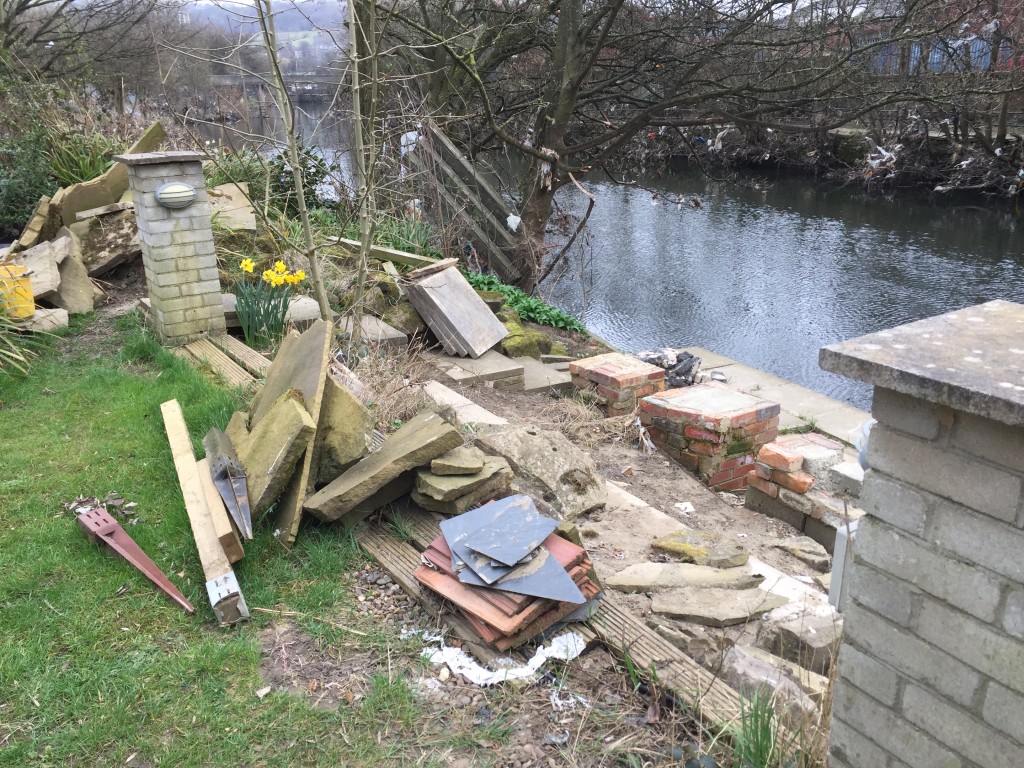

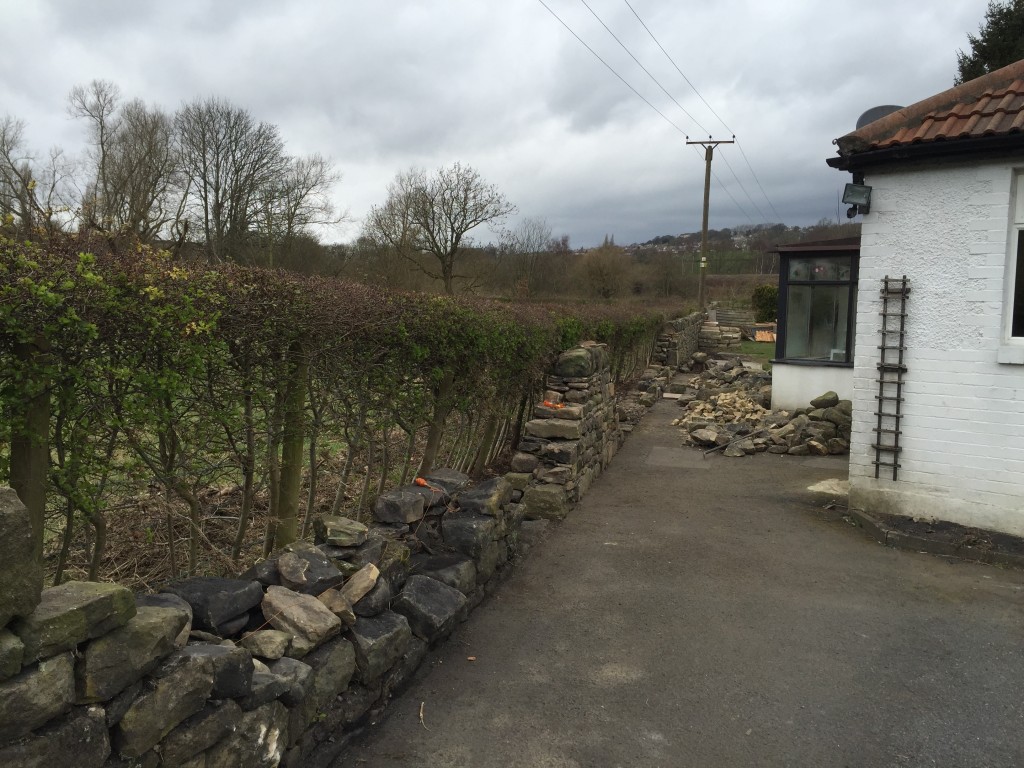
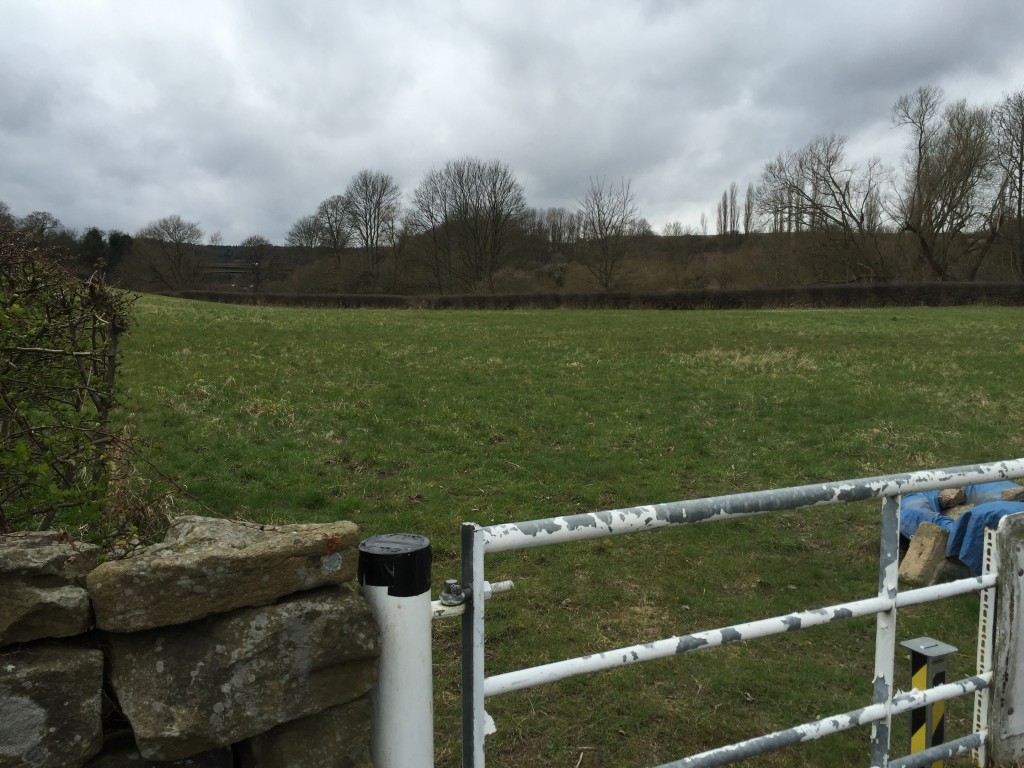


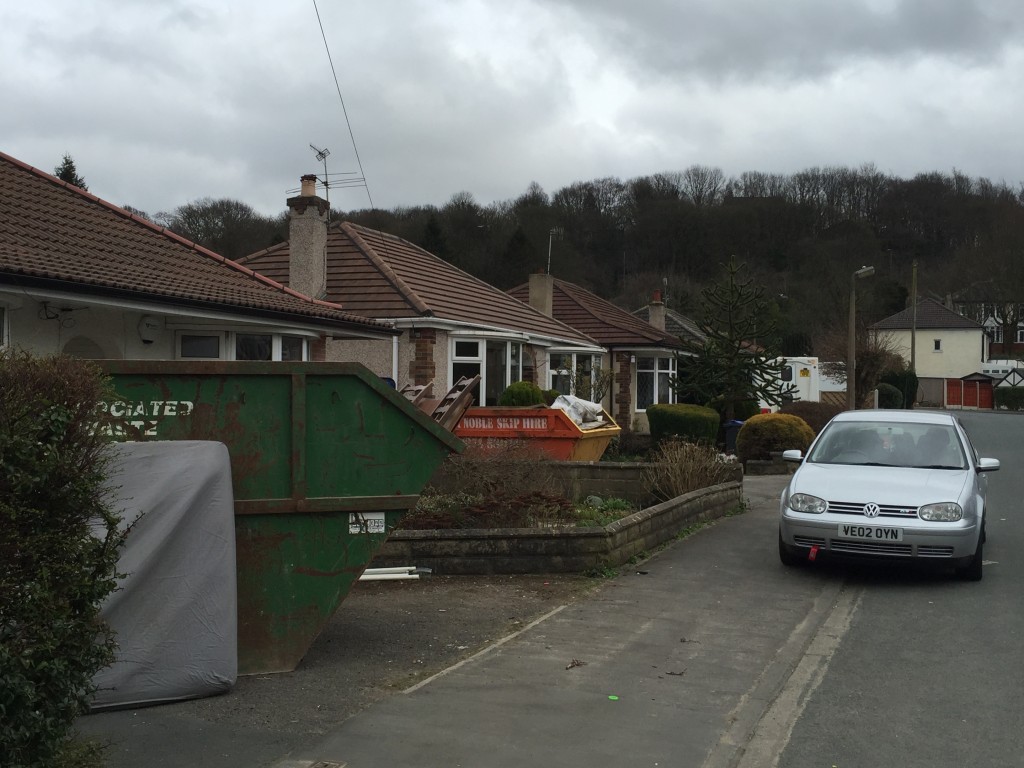
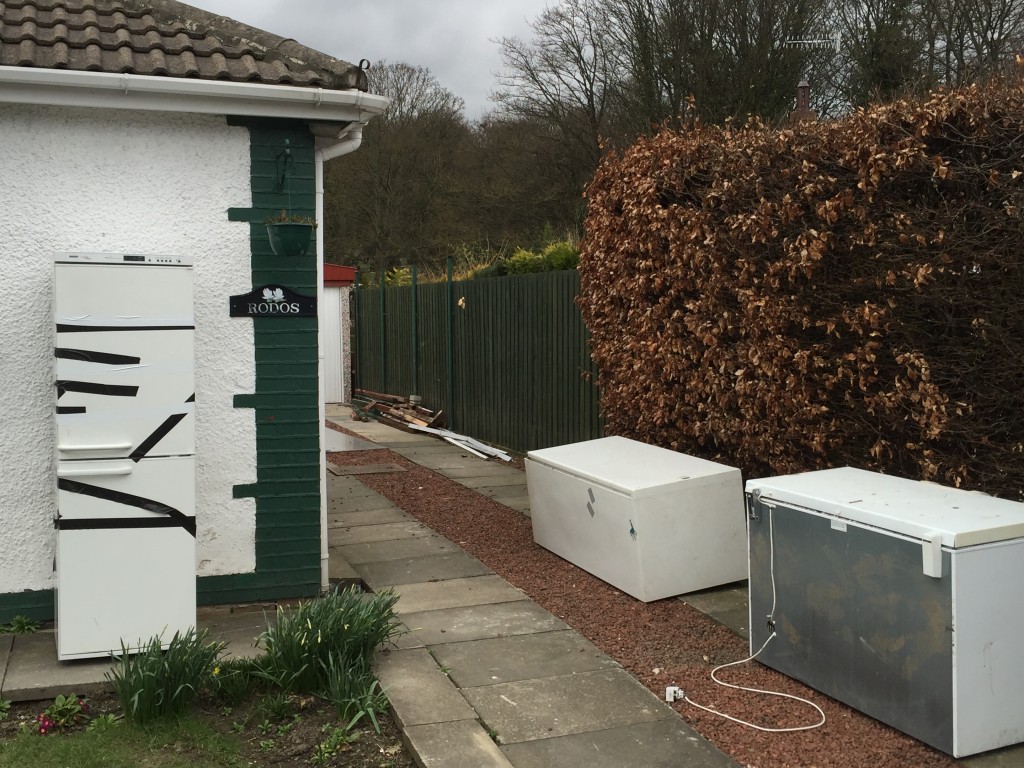
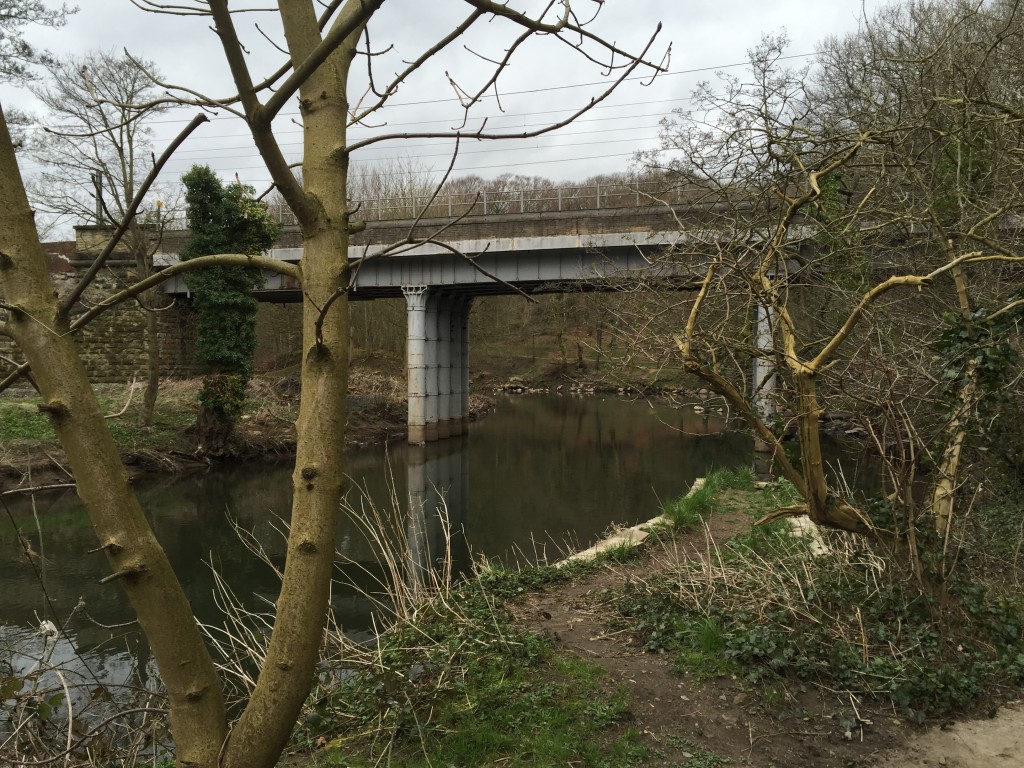
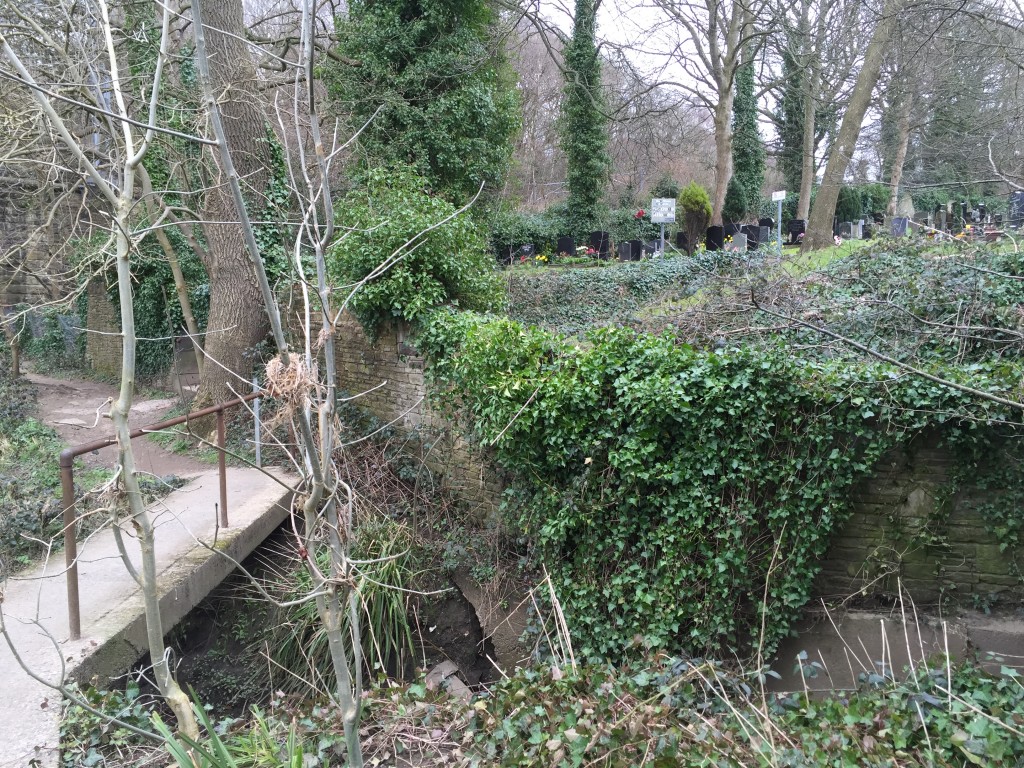
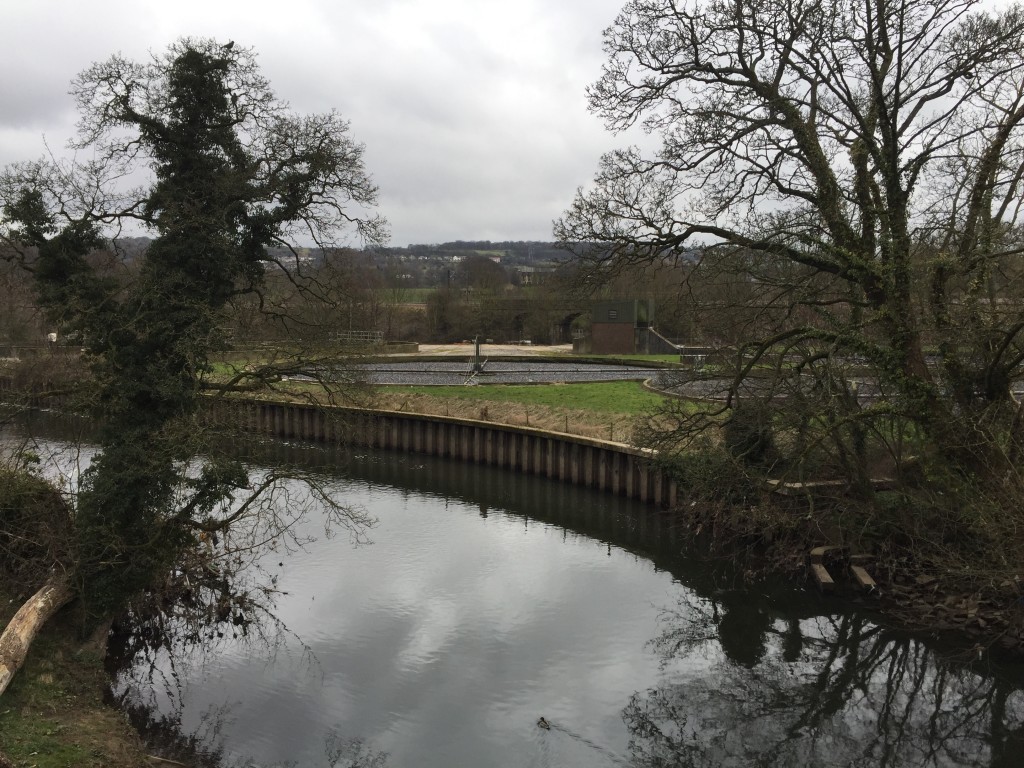

![FullSizeRender[3]](wp-content/uploads/2016/03/FullSizeRender3.jpg)
![FullSizeRender[2]](wp-content/uploads/2016/03/FullSizeRender2.jpg)
![FullSizeRender[4]](wp-content/uploads/2016/03/FullSizeRender4.jpg)

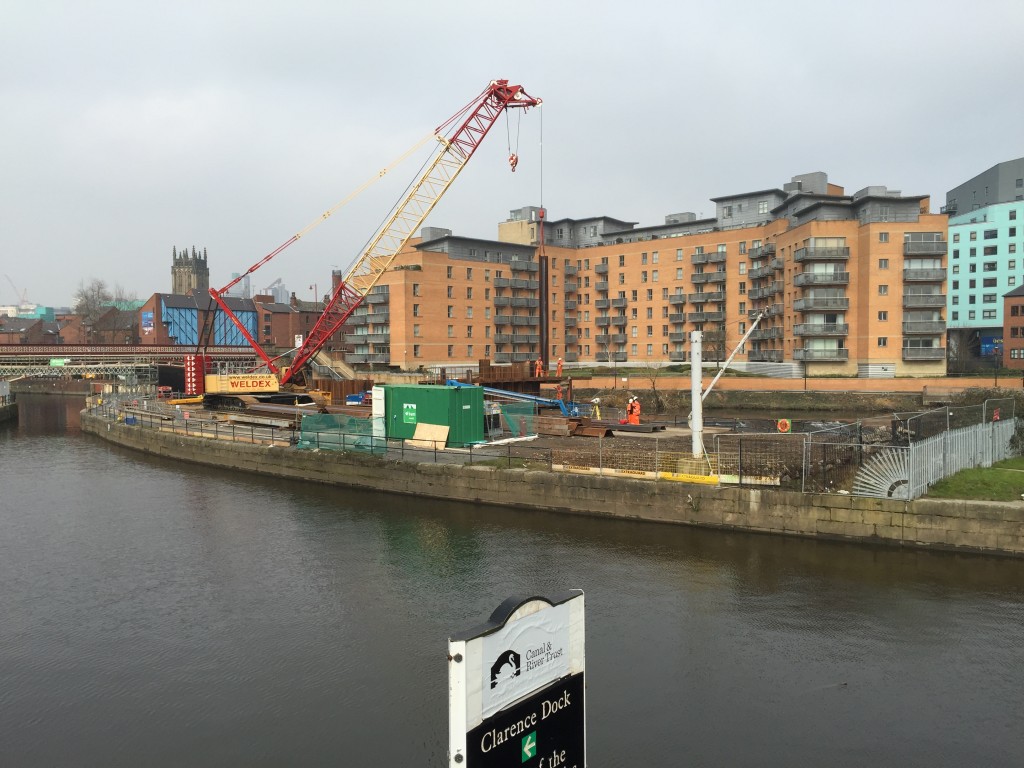
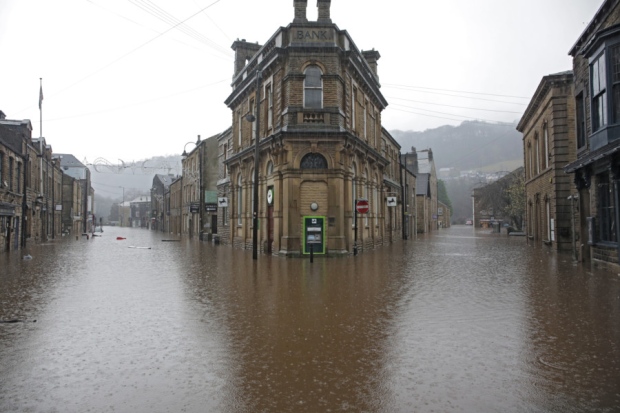

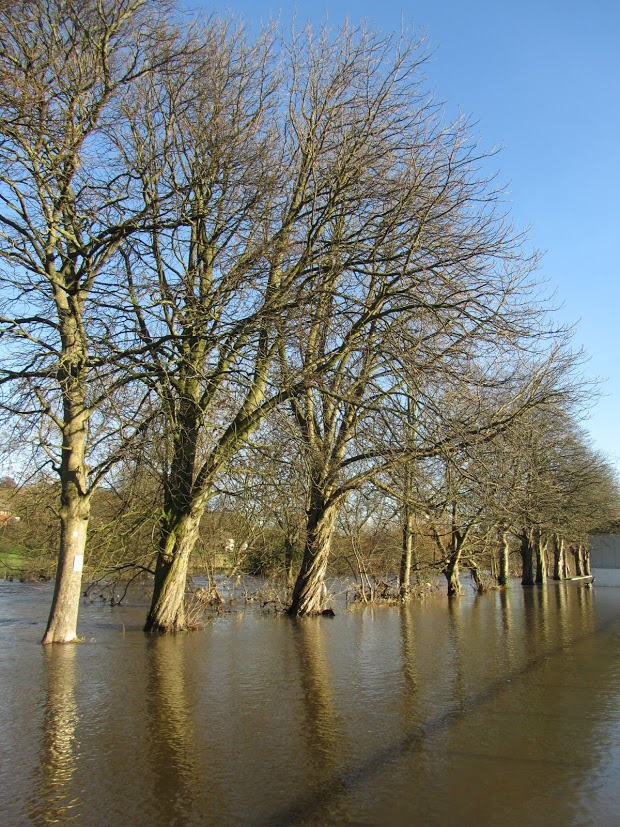
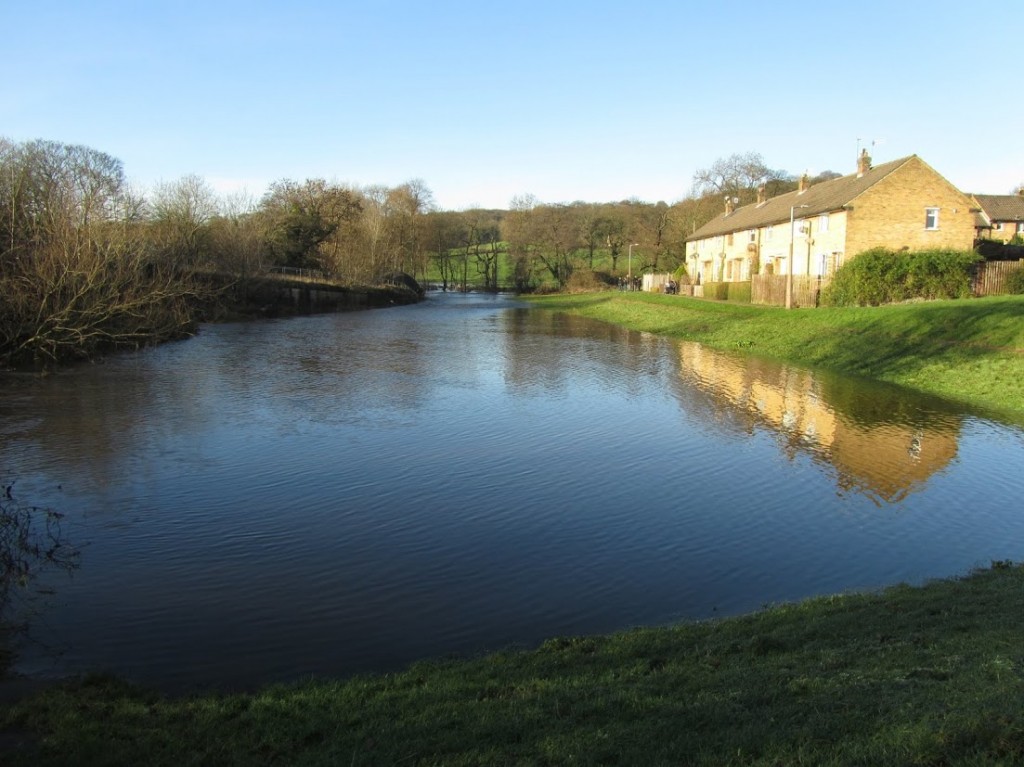
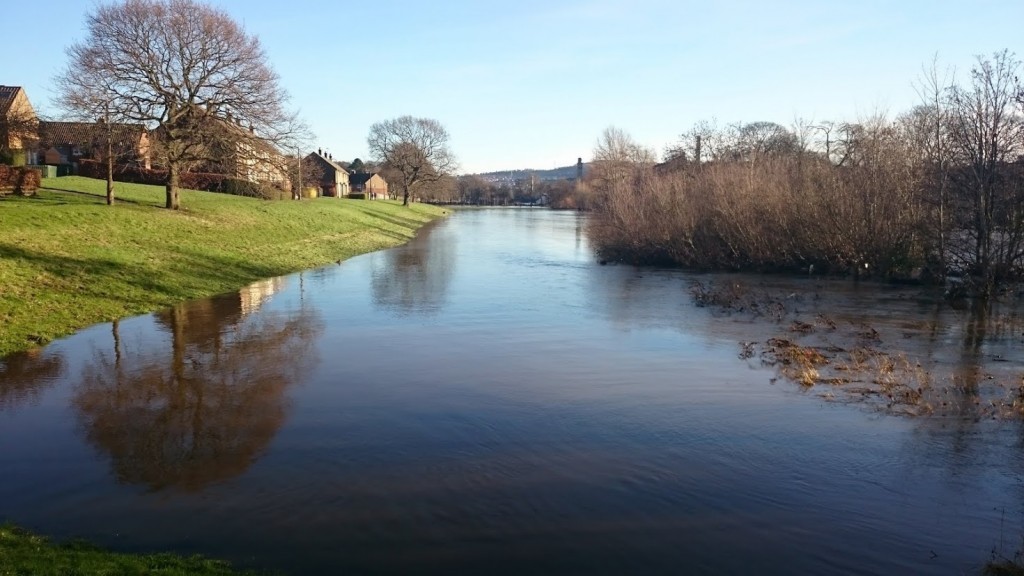
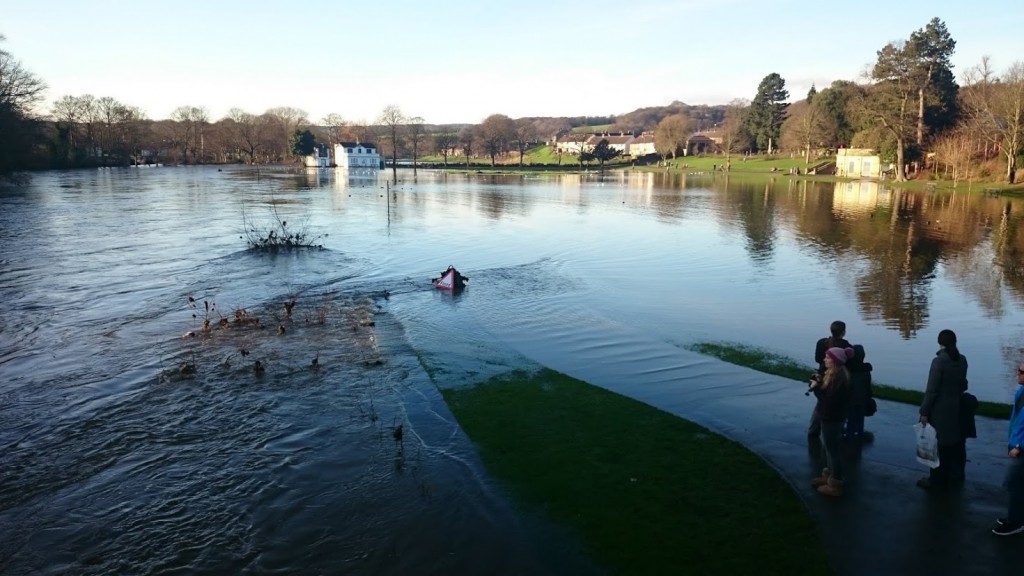
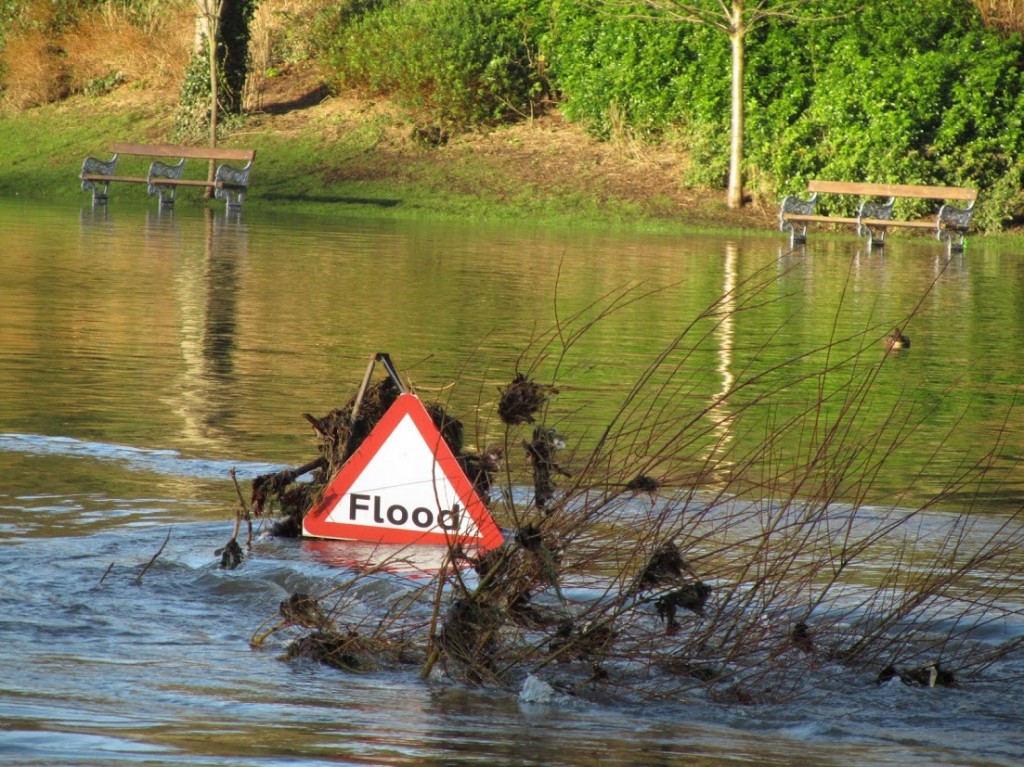

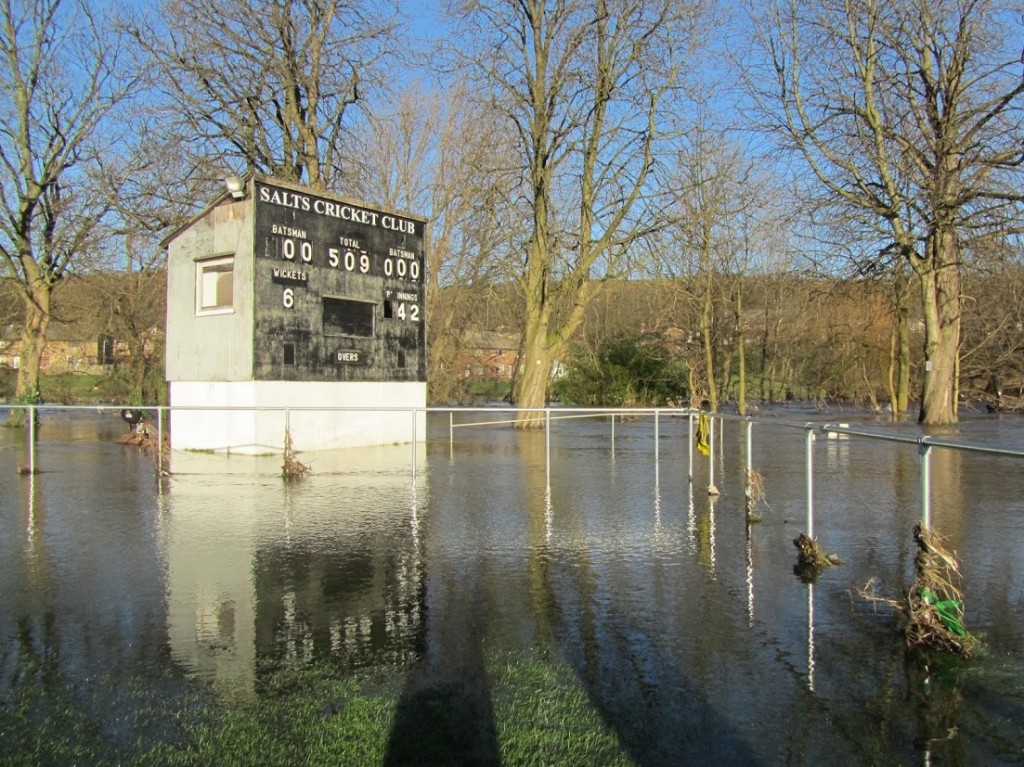

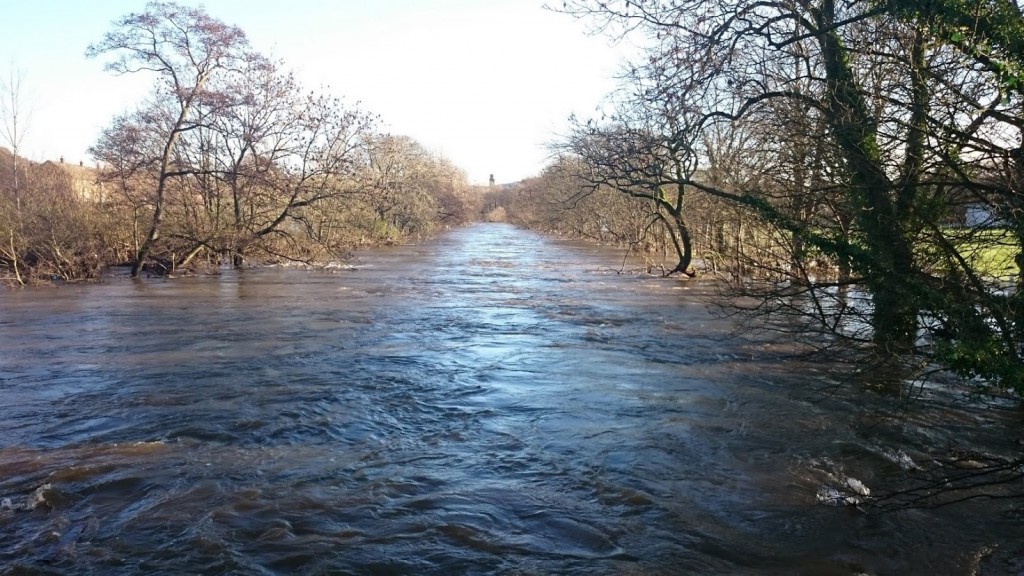
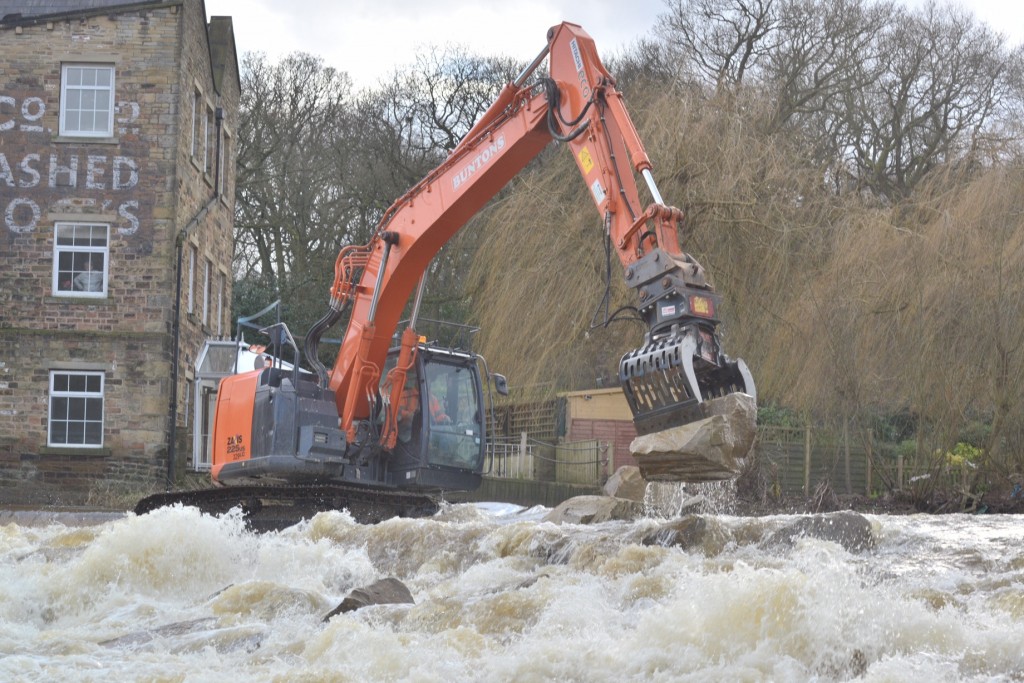
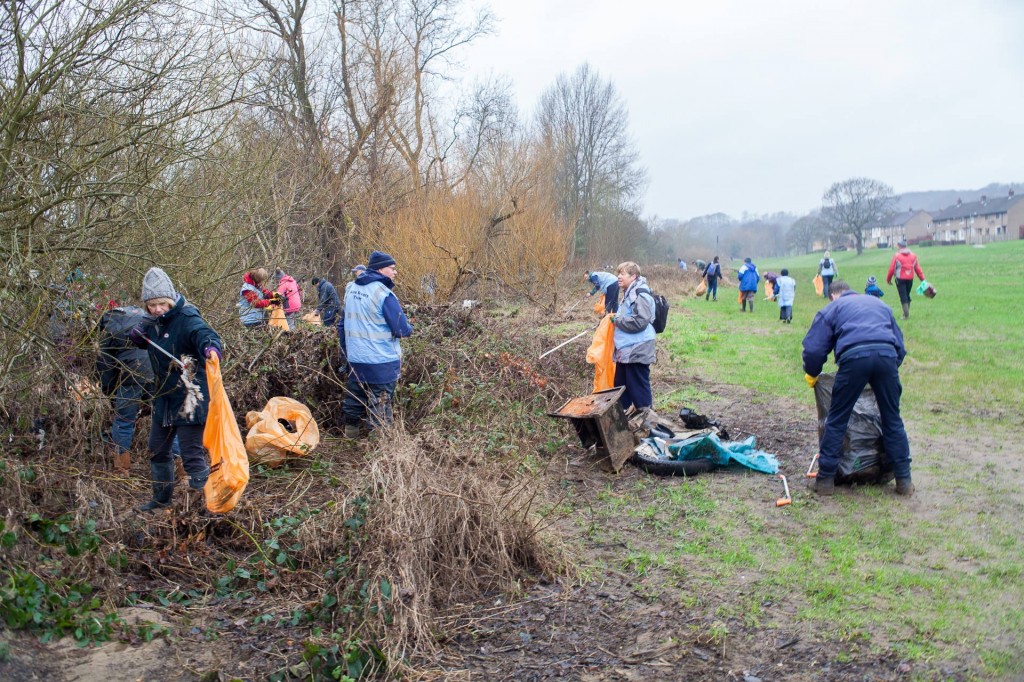
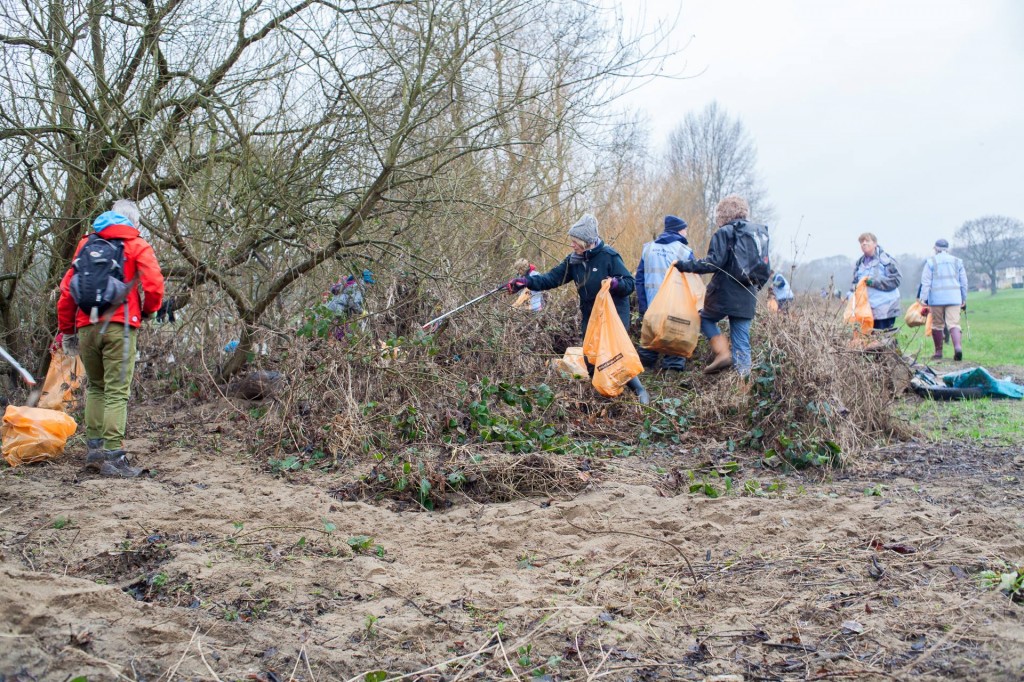
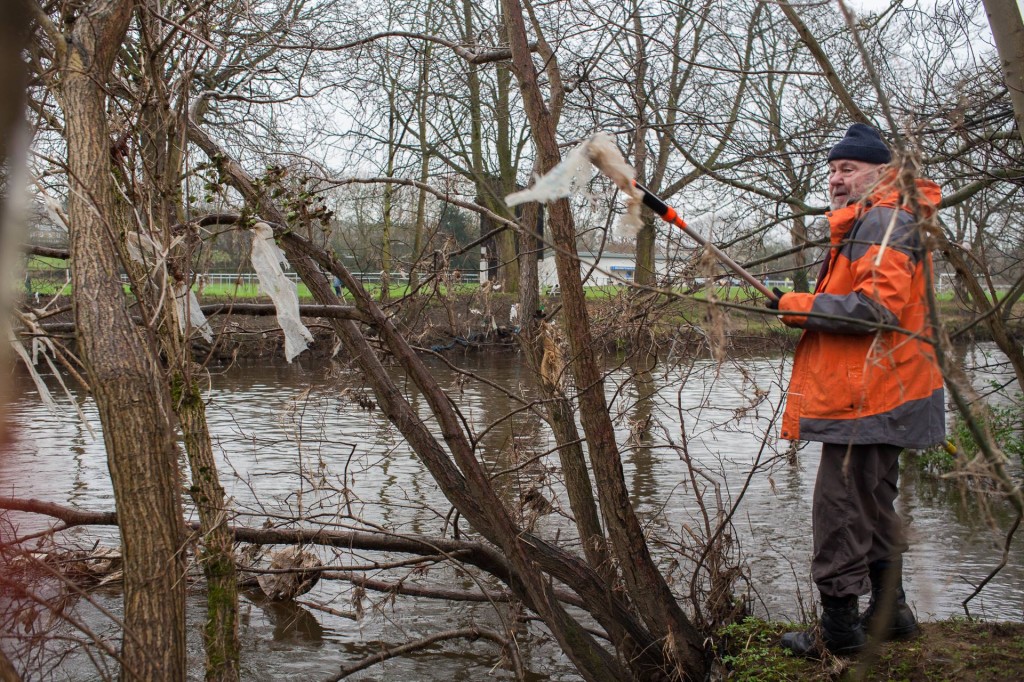
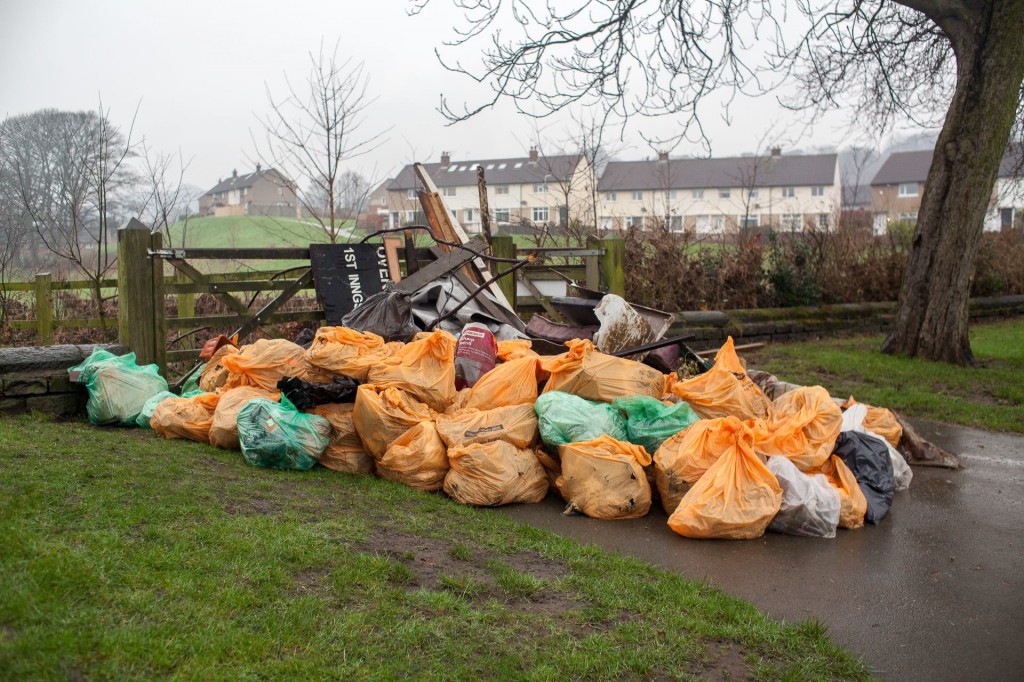
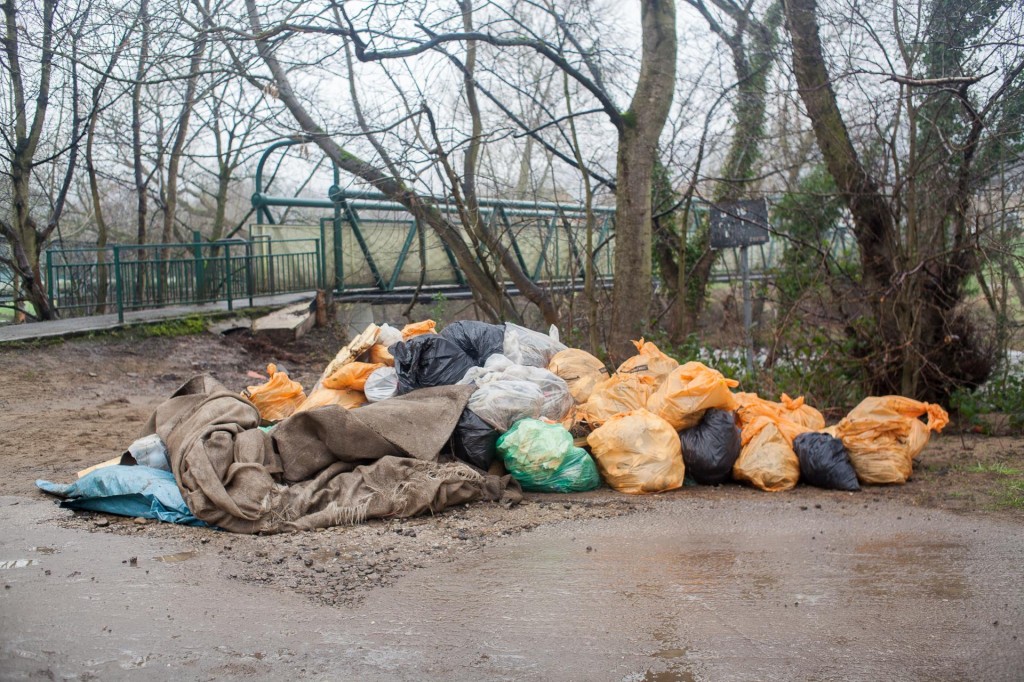
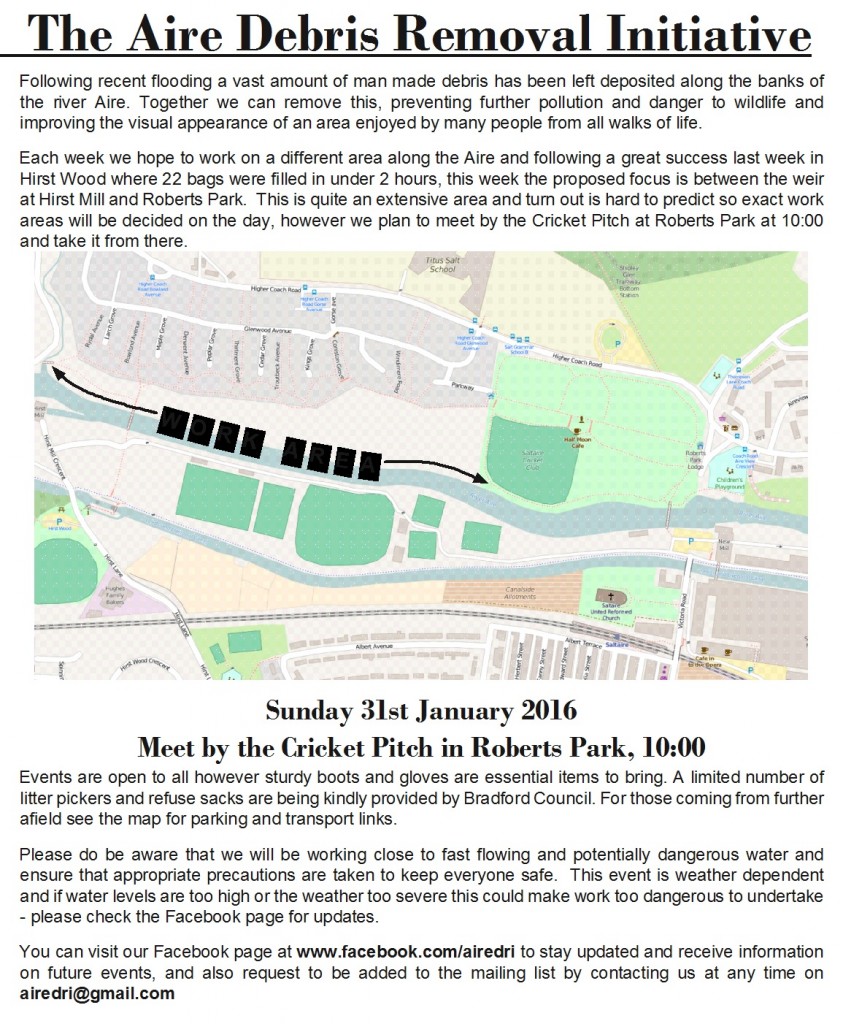
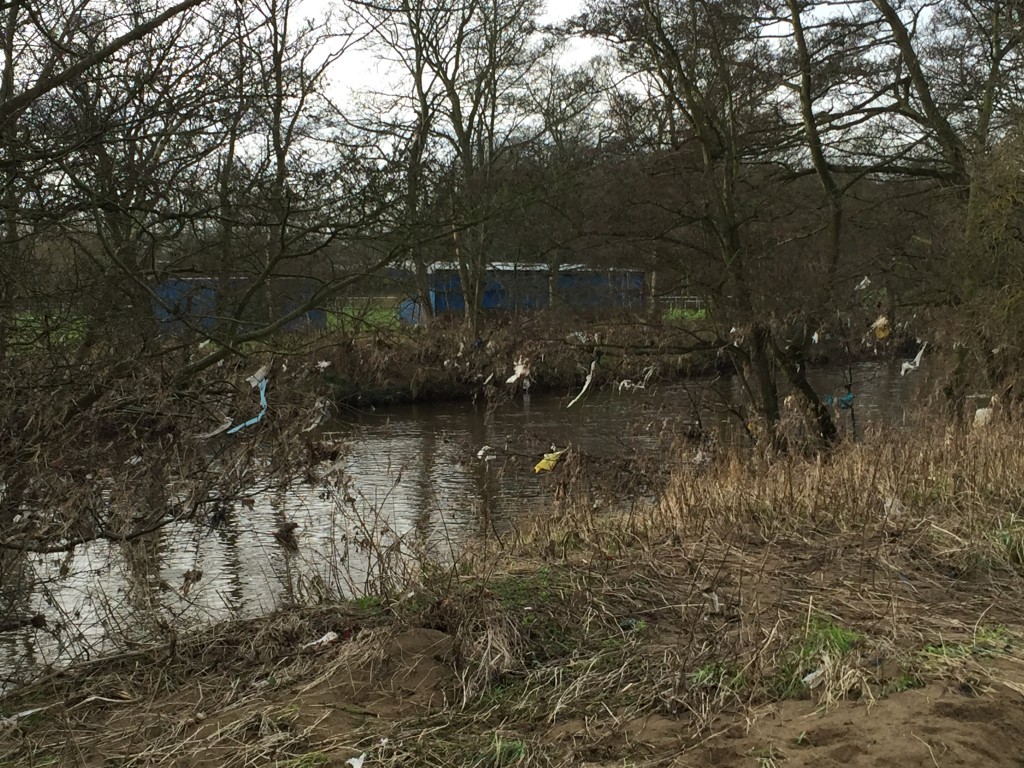
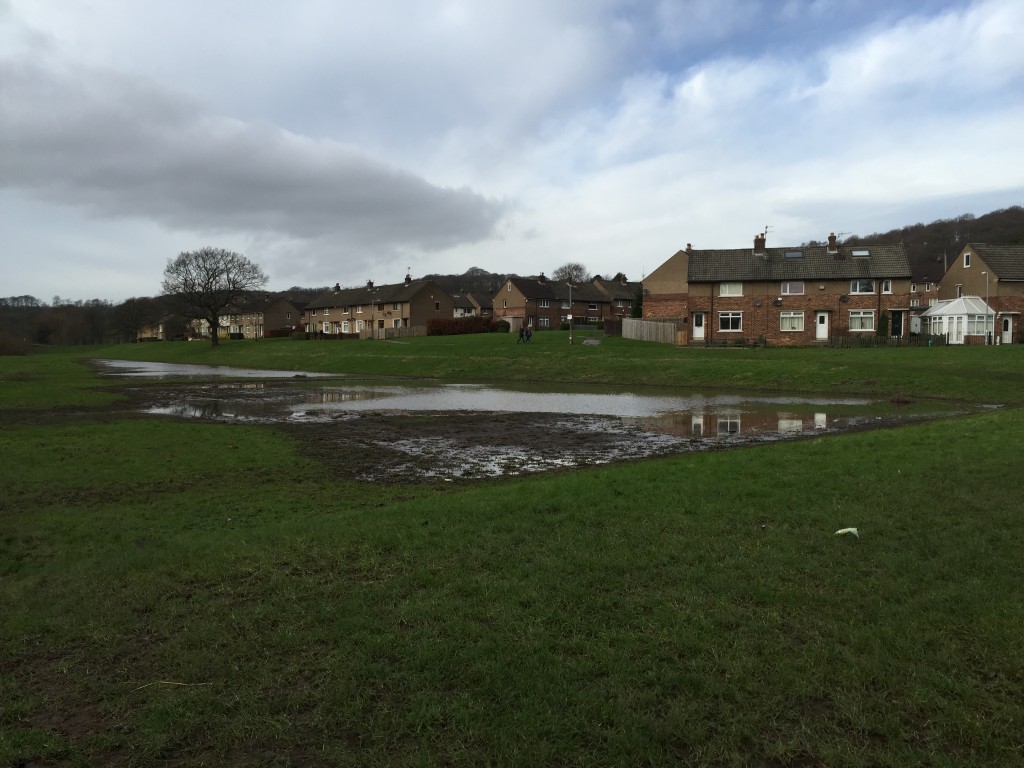
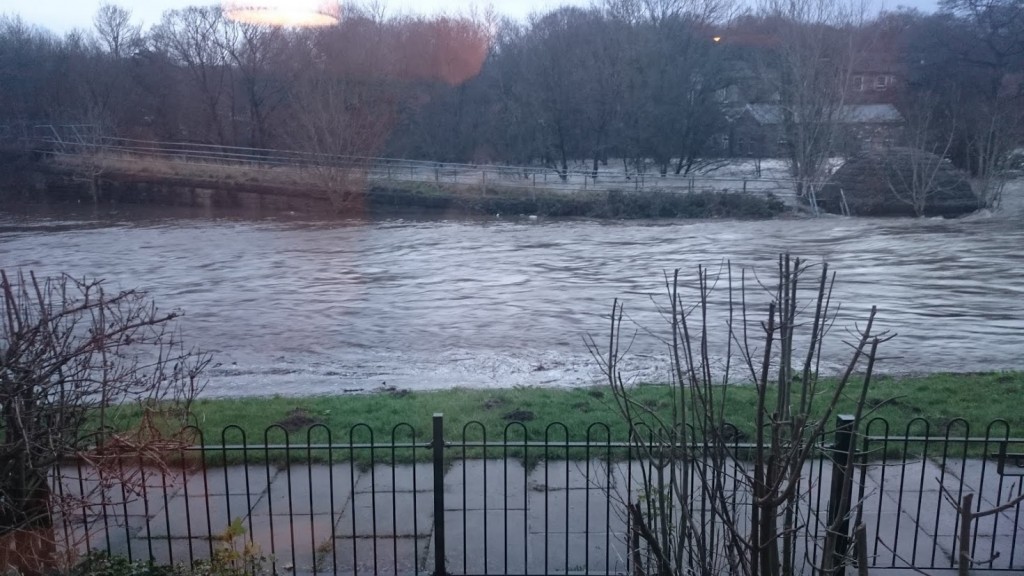
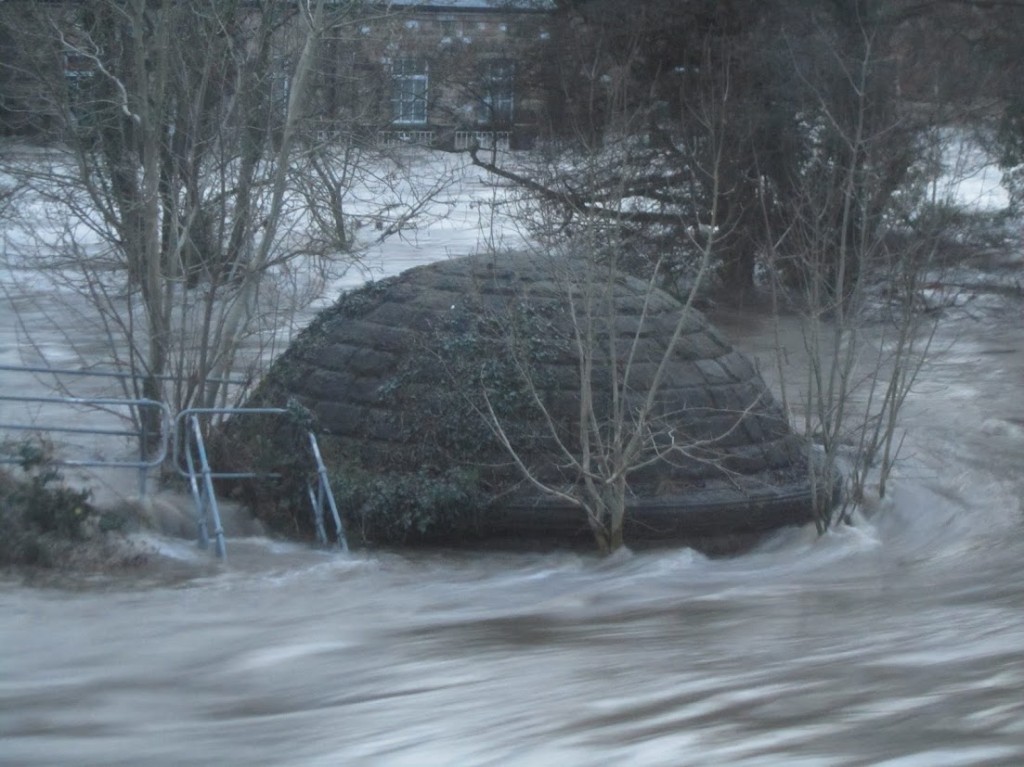
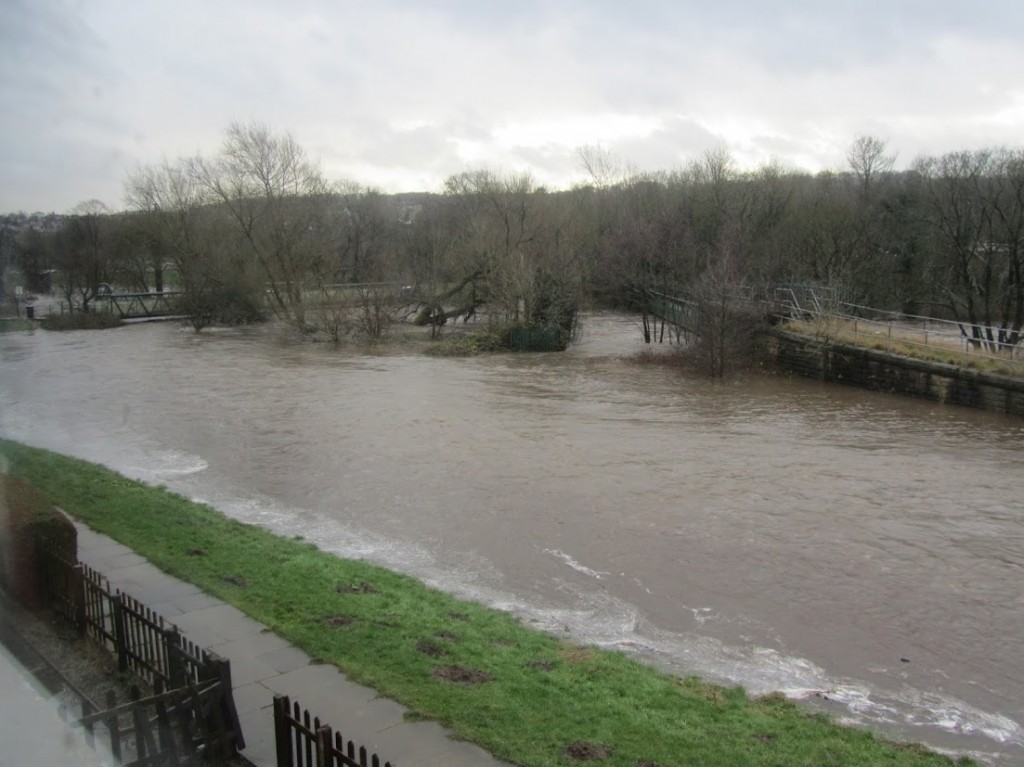

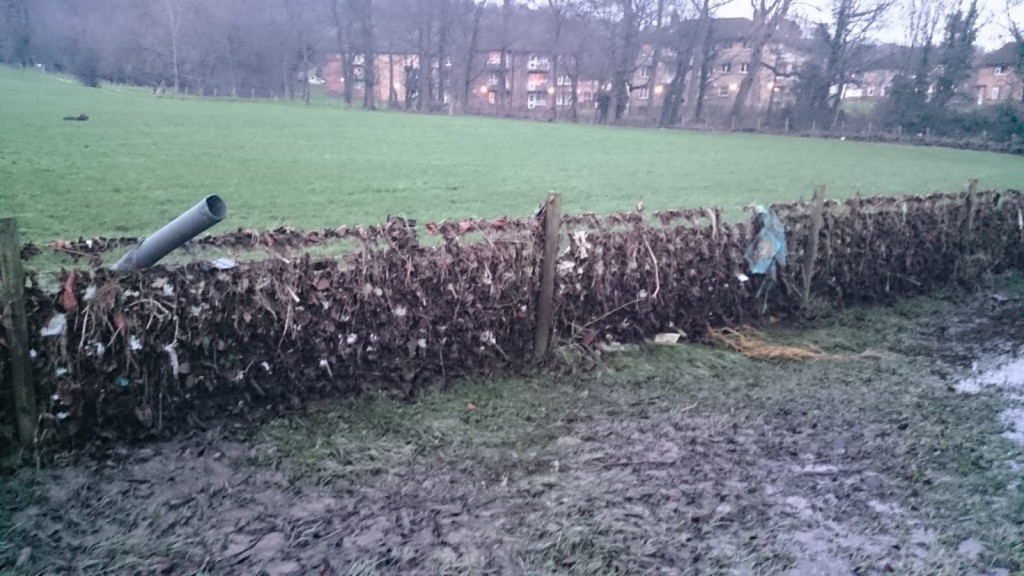
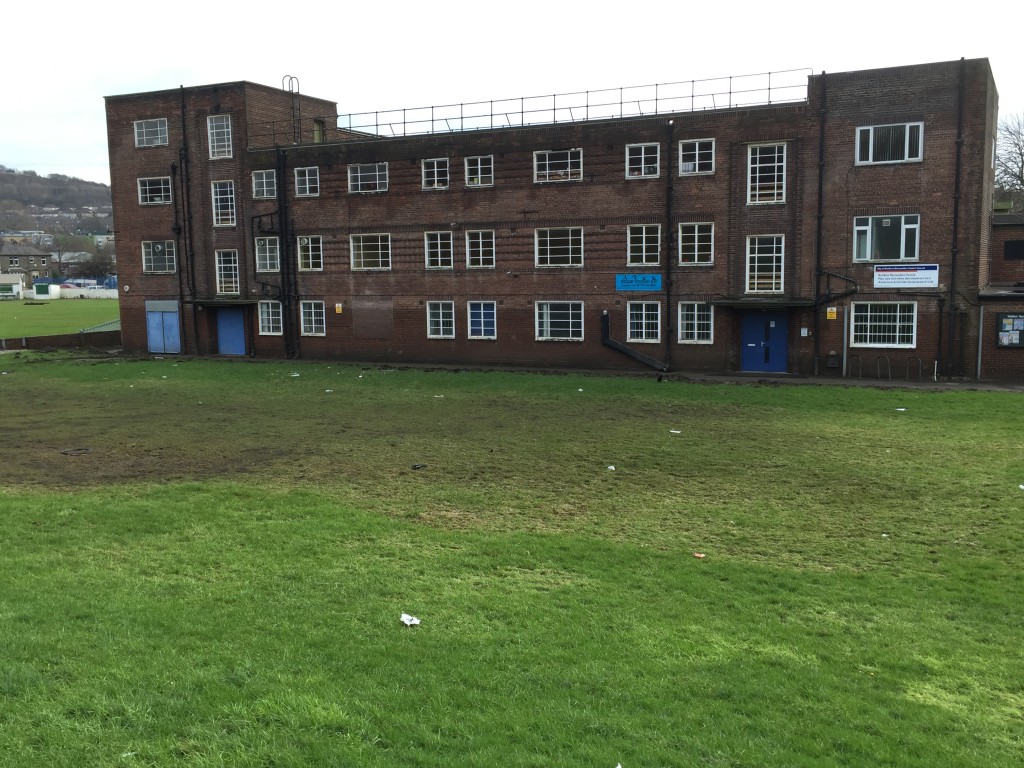
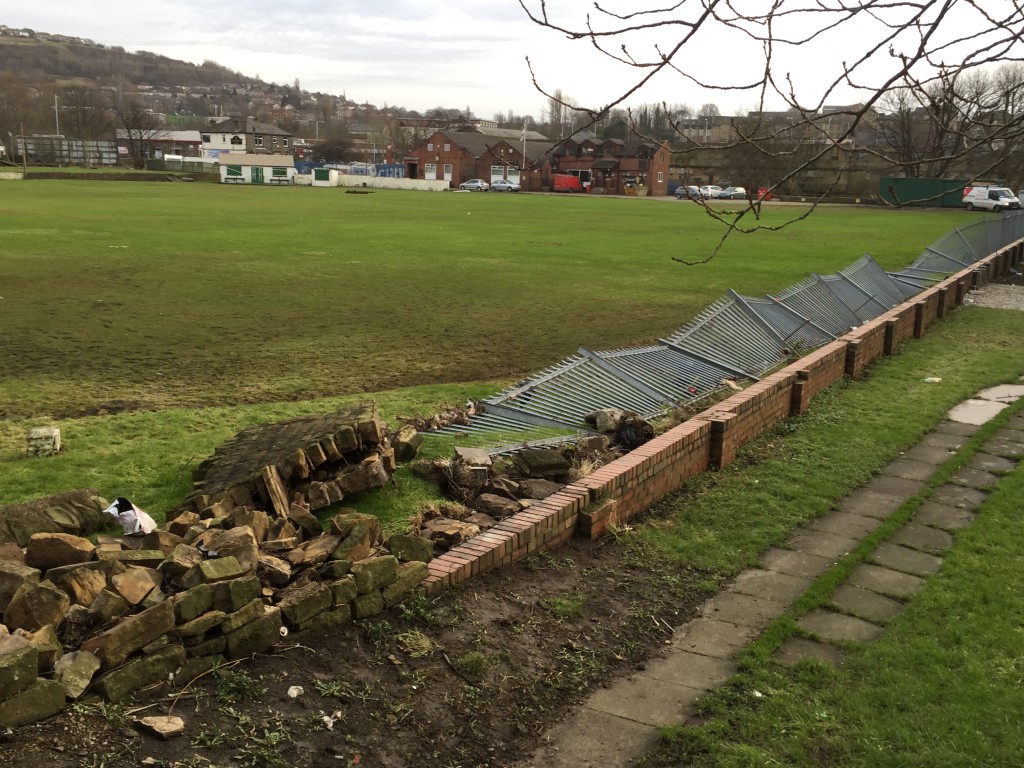
![IMG_0665 [130111]](wp-content/uploads/2016/01/IMG_0665-130111-e1454087317443-768x1024.jpg)
